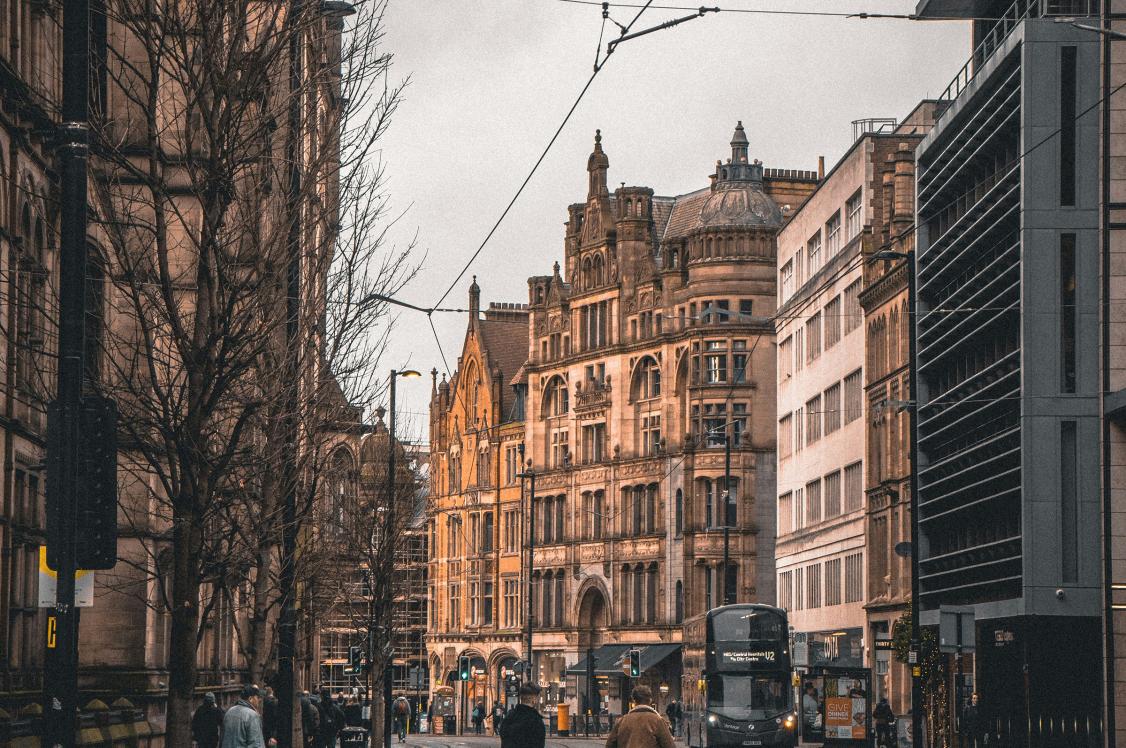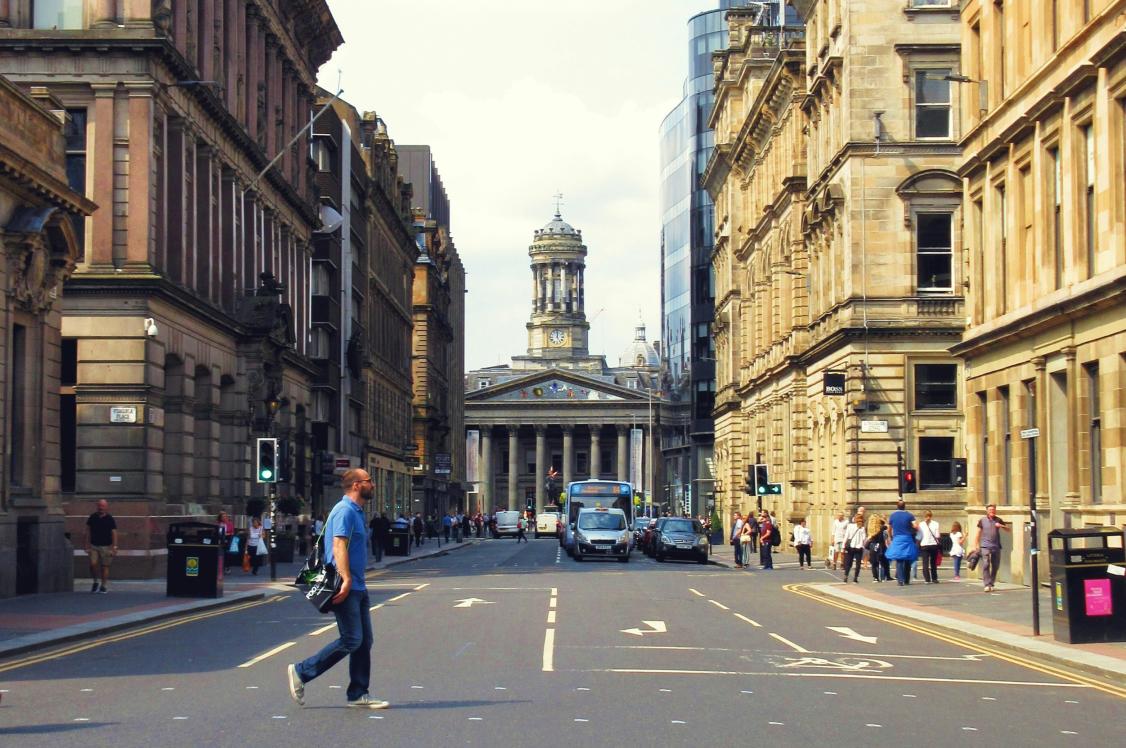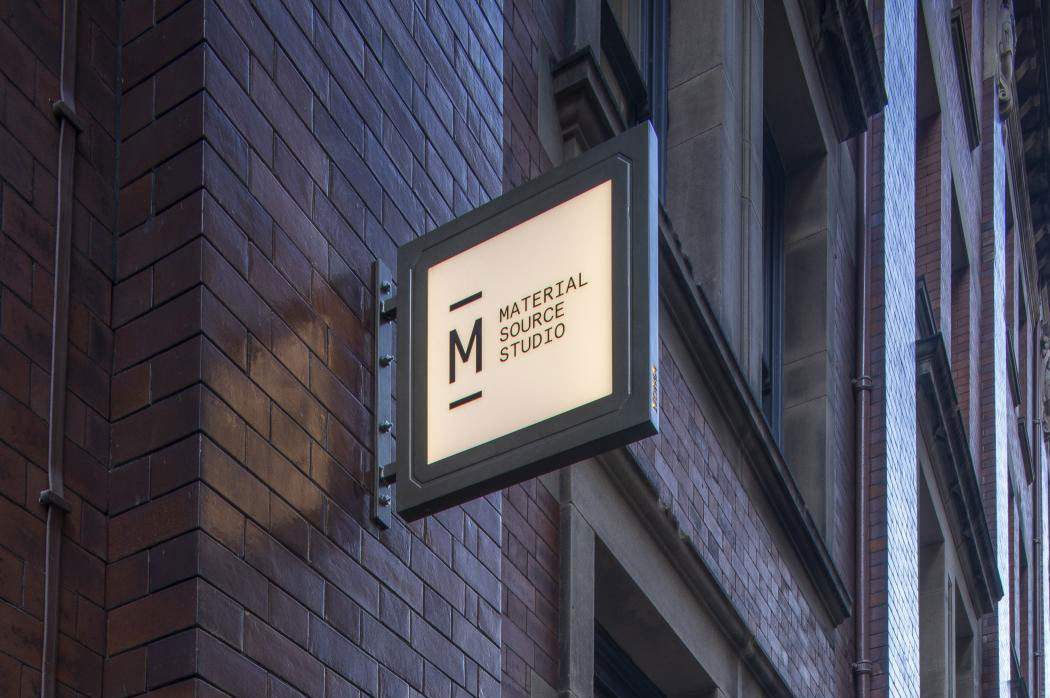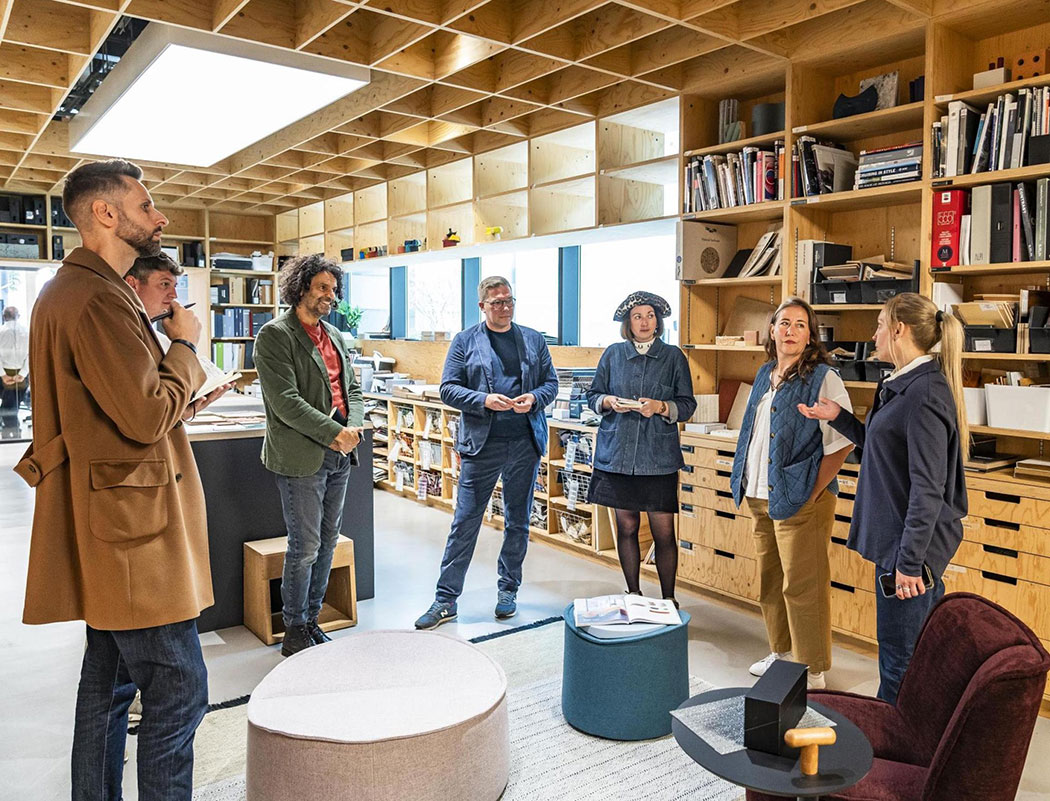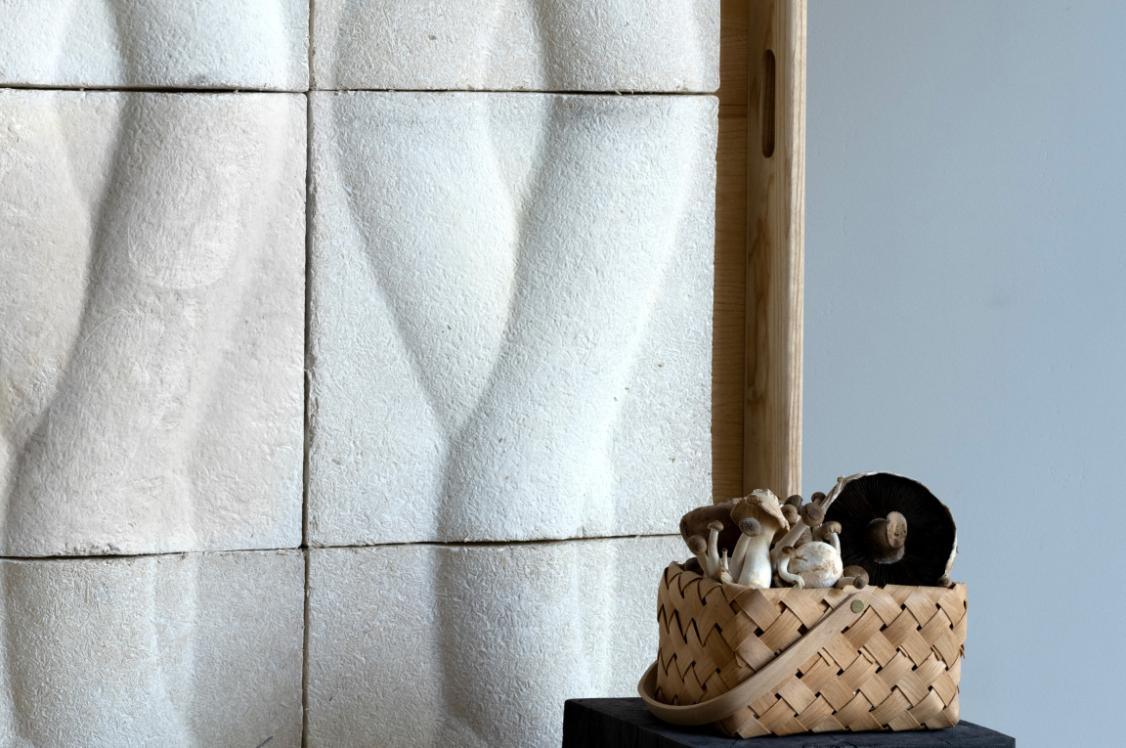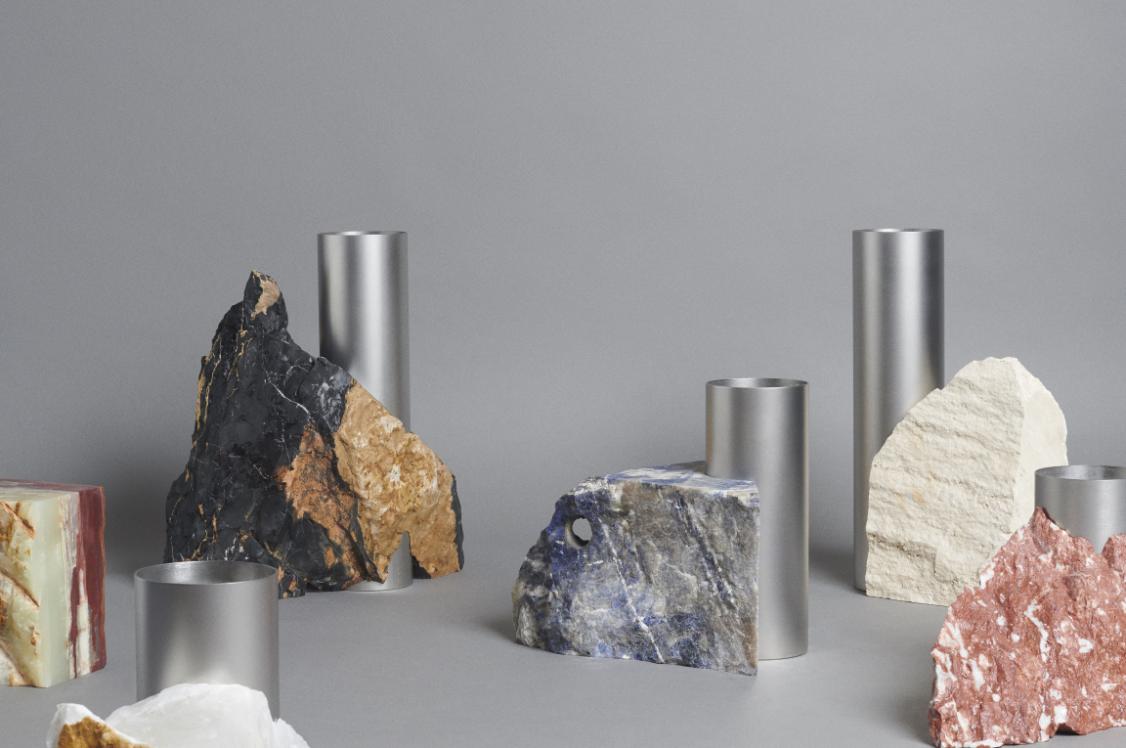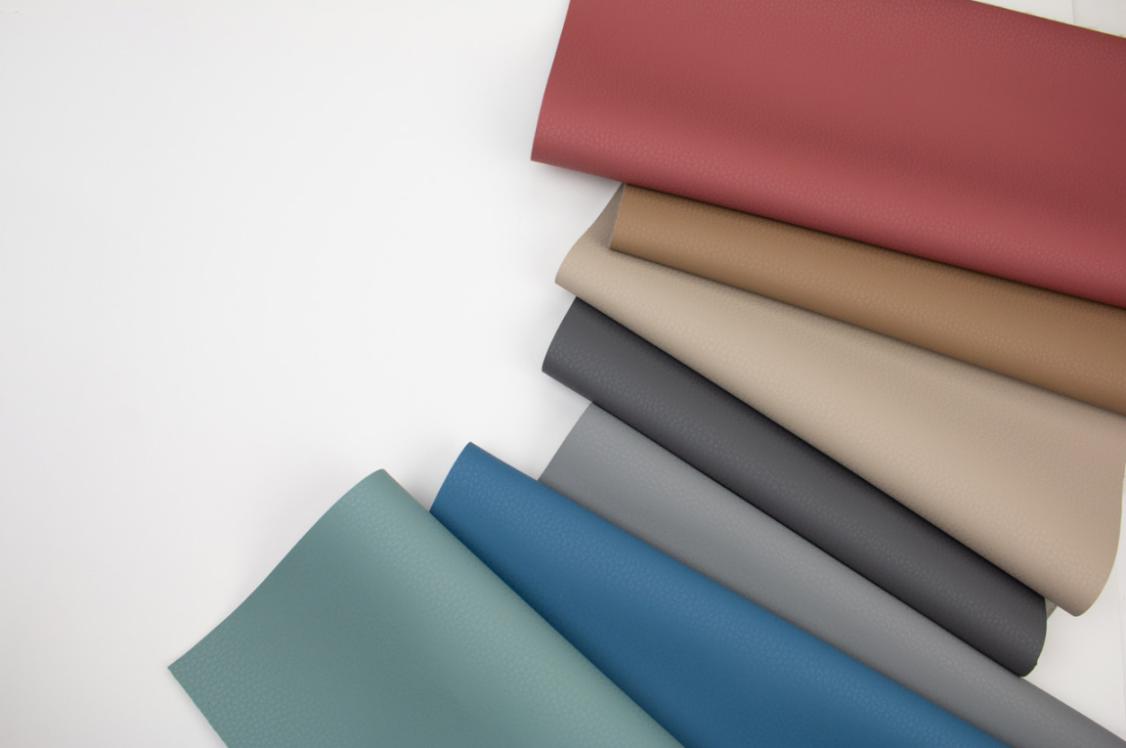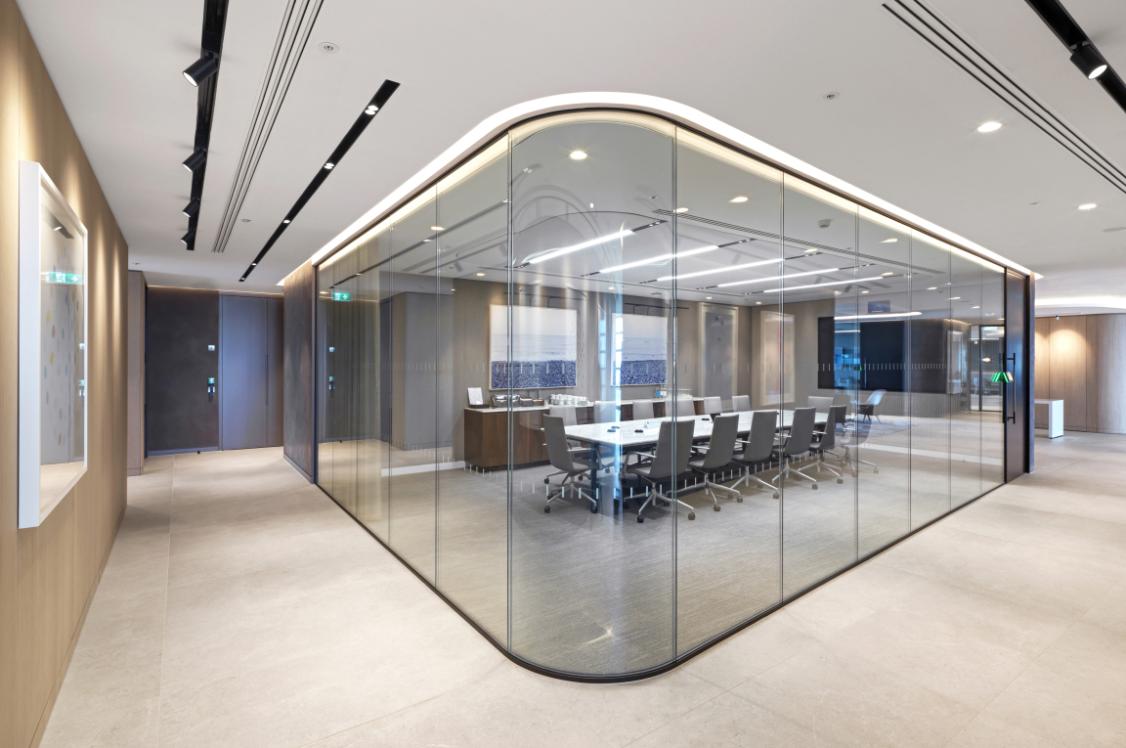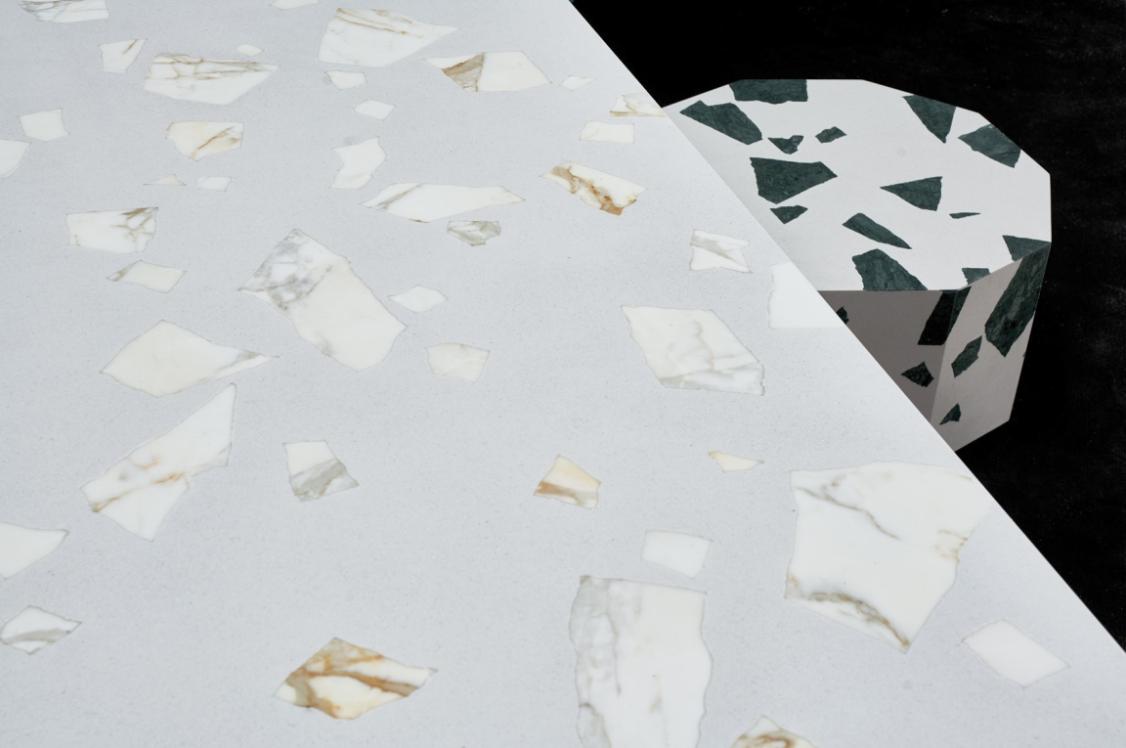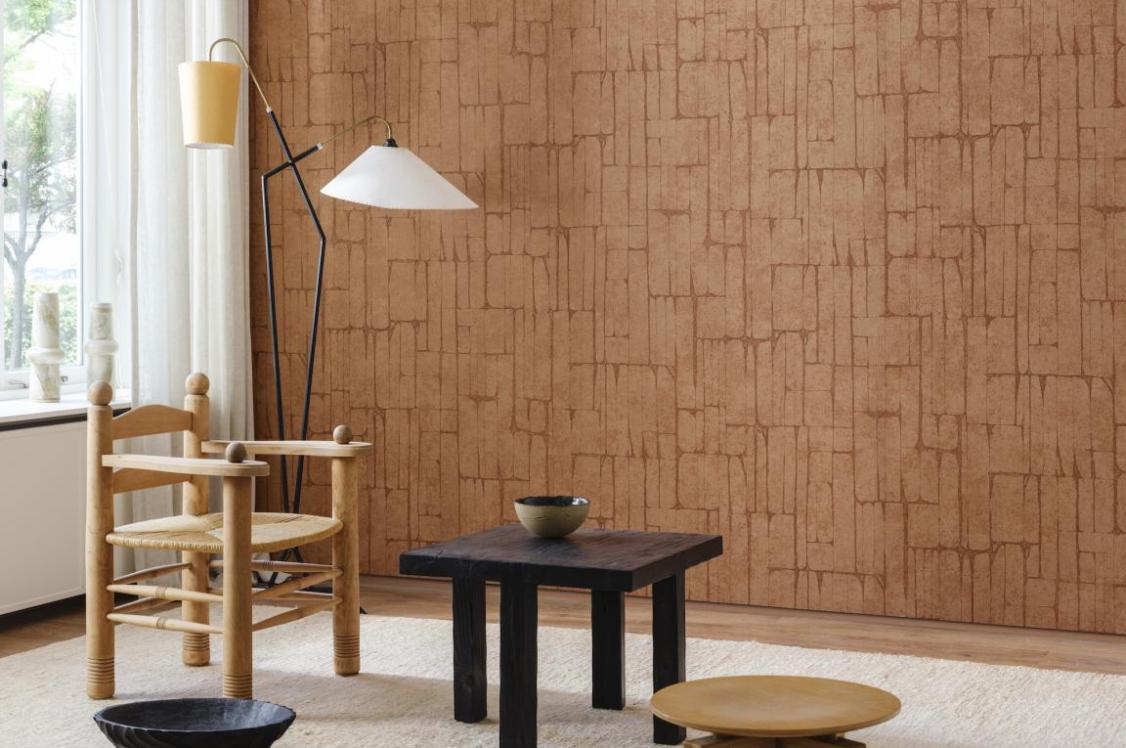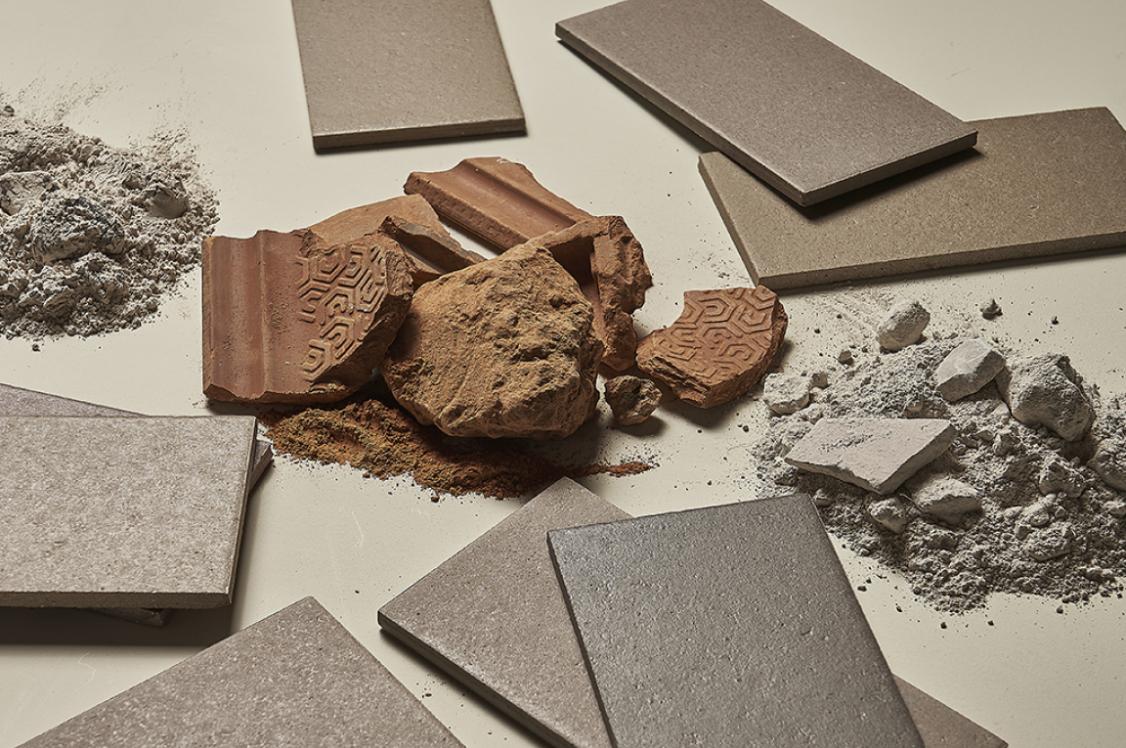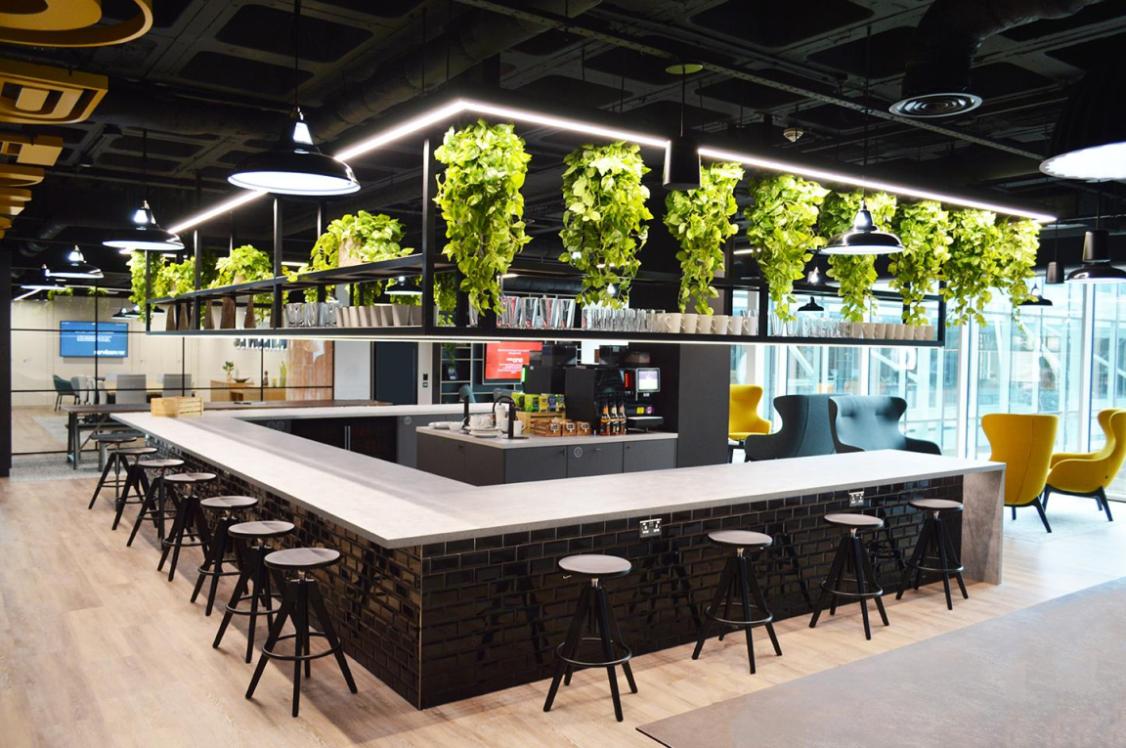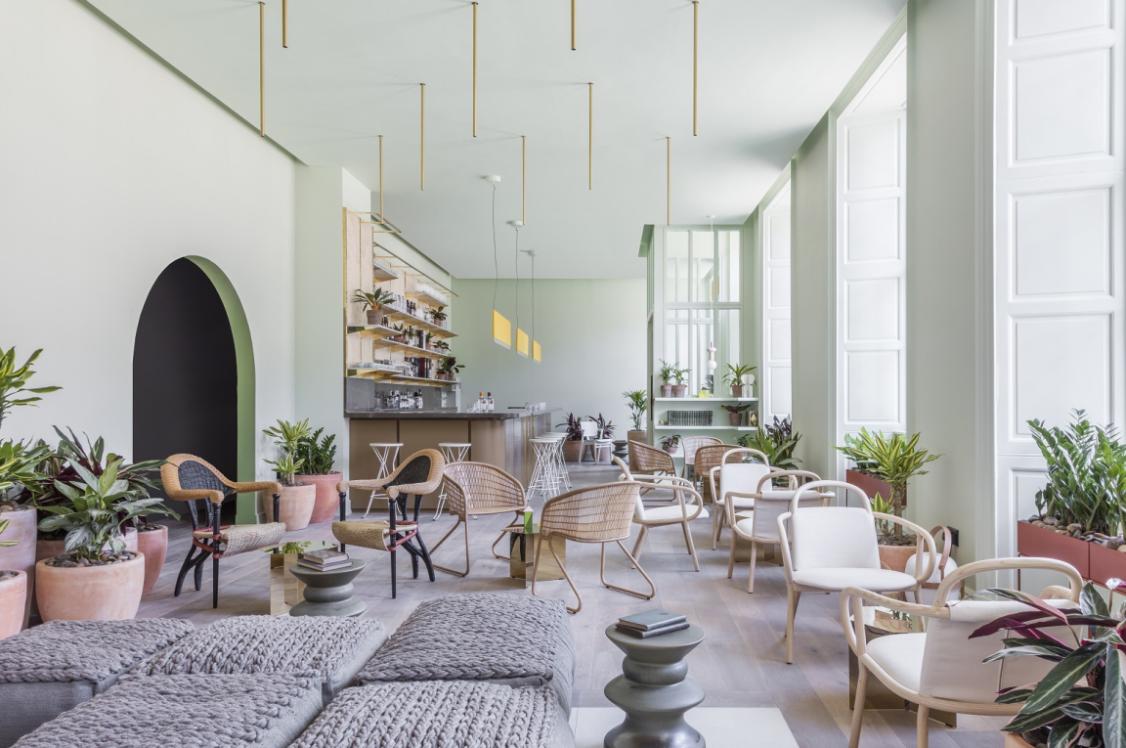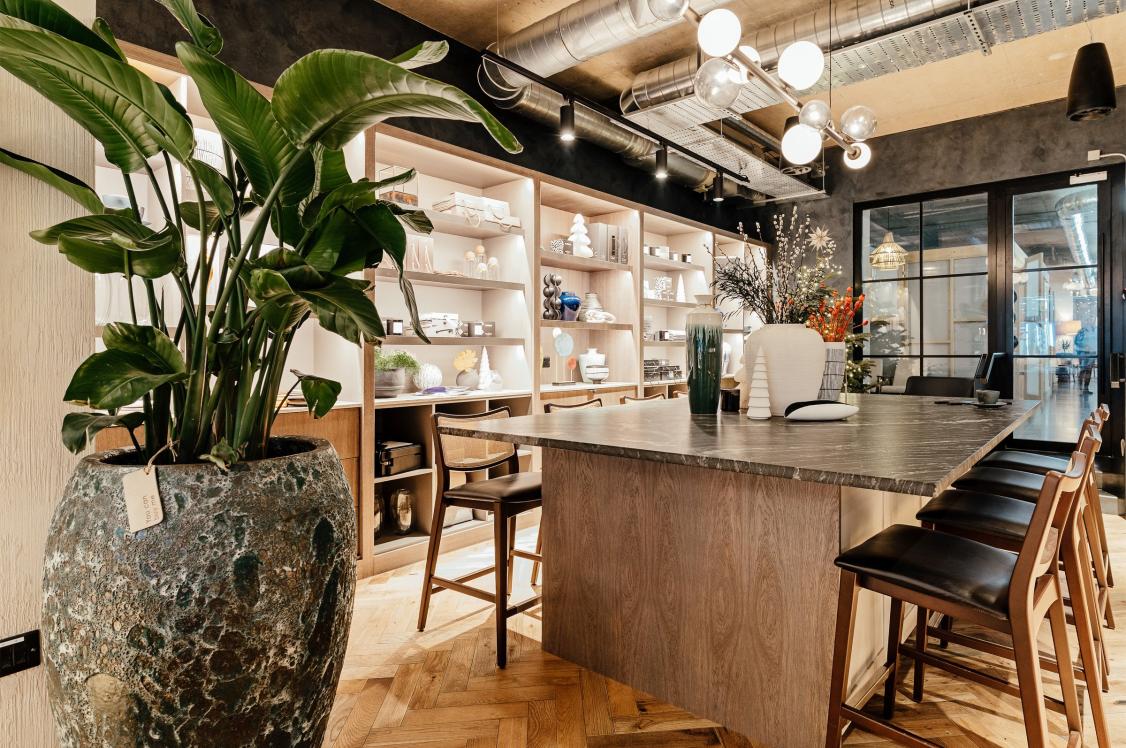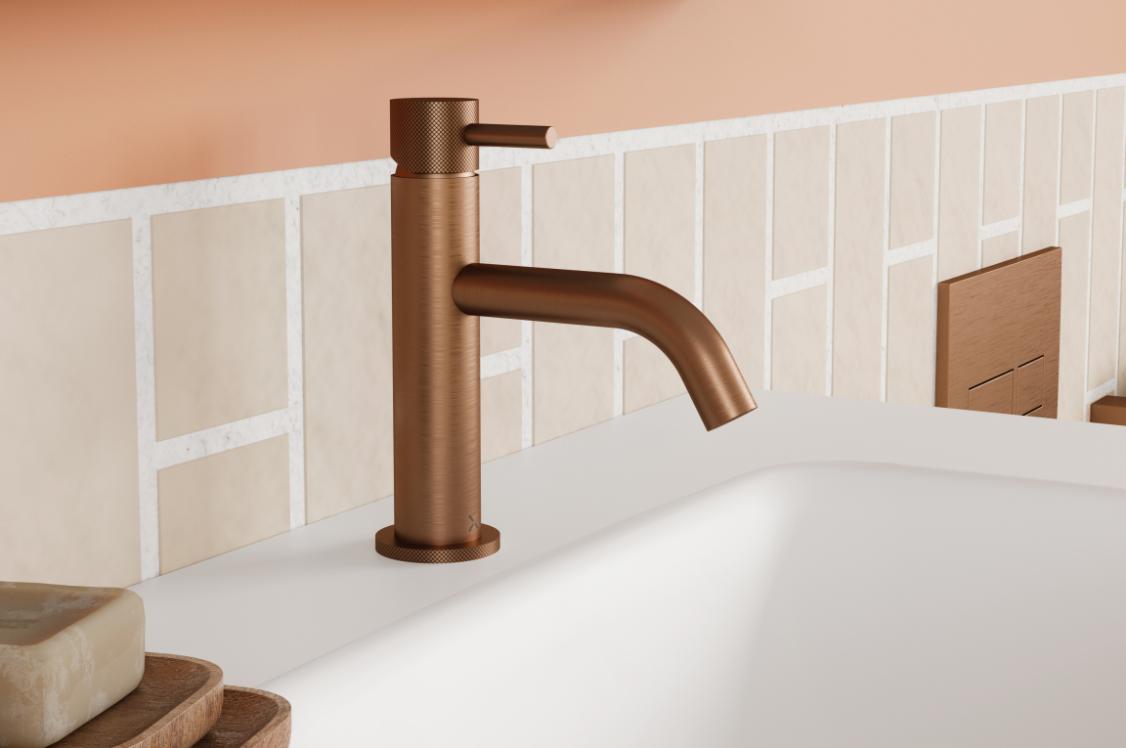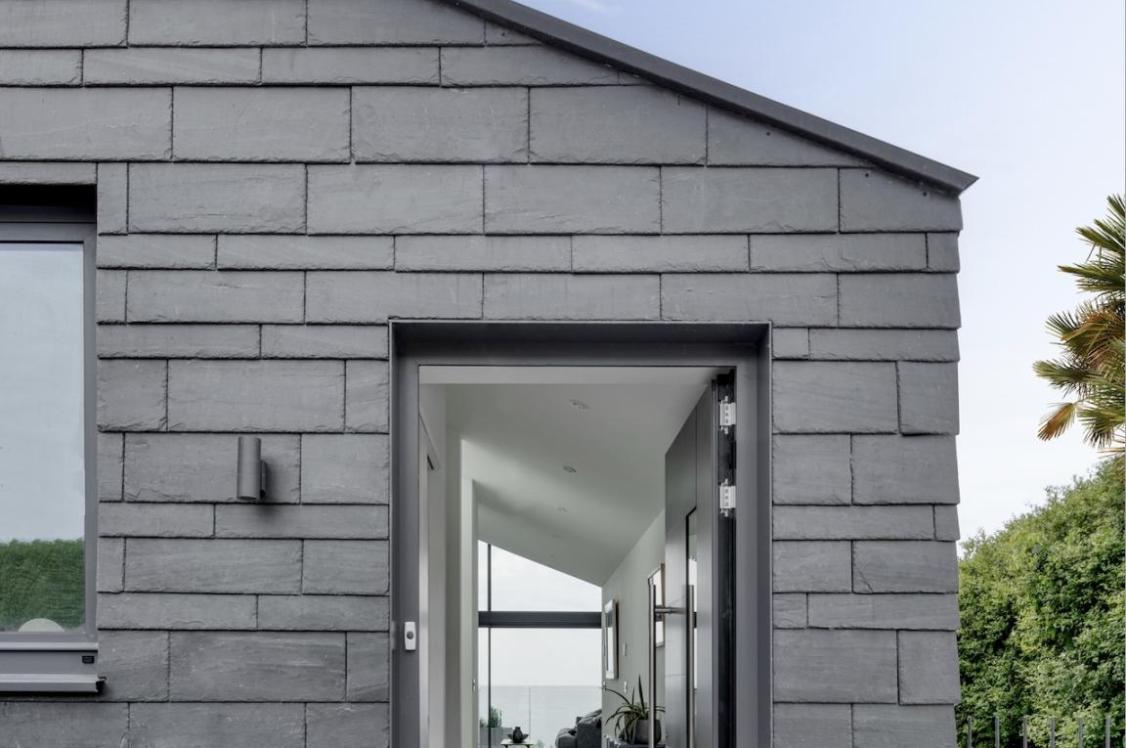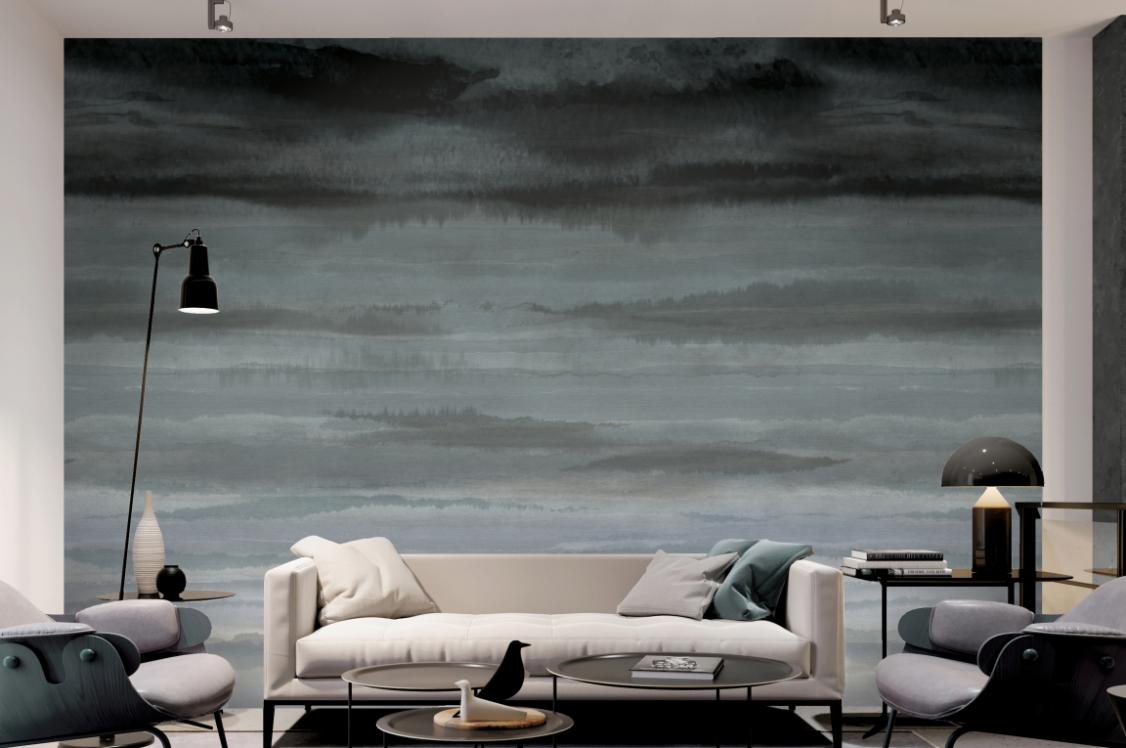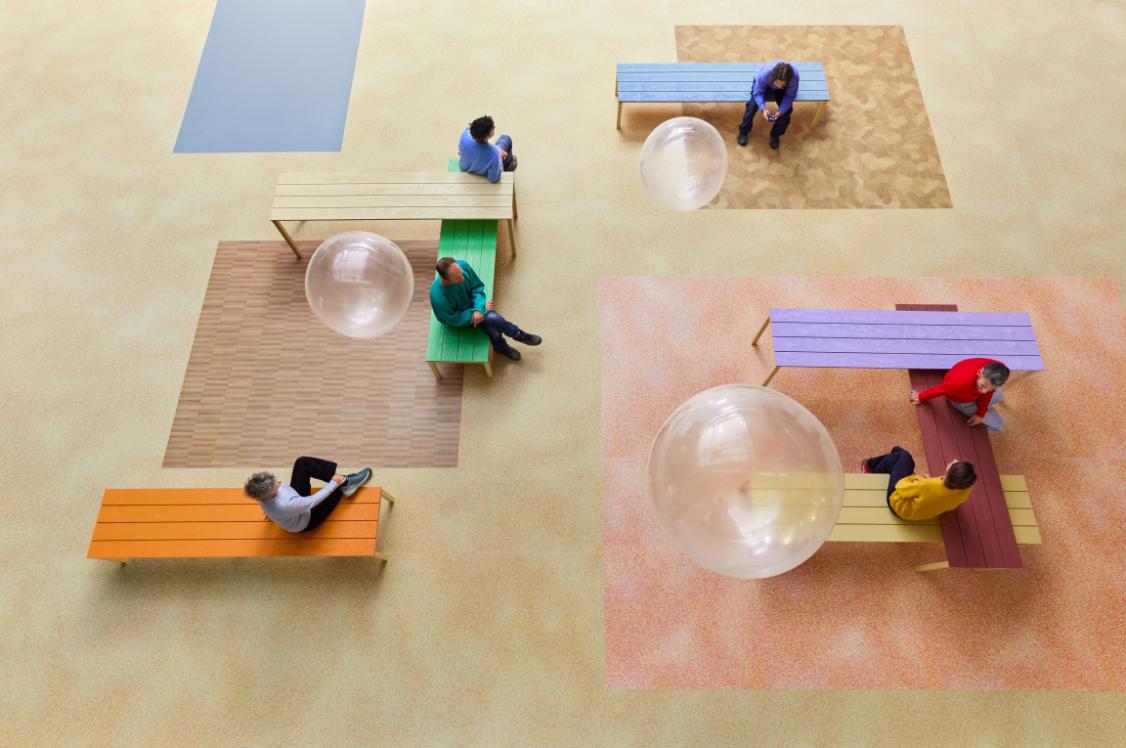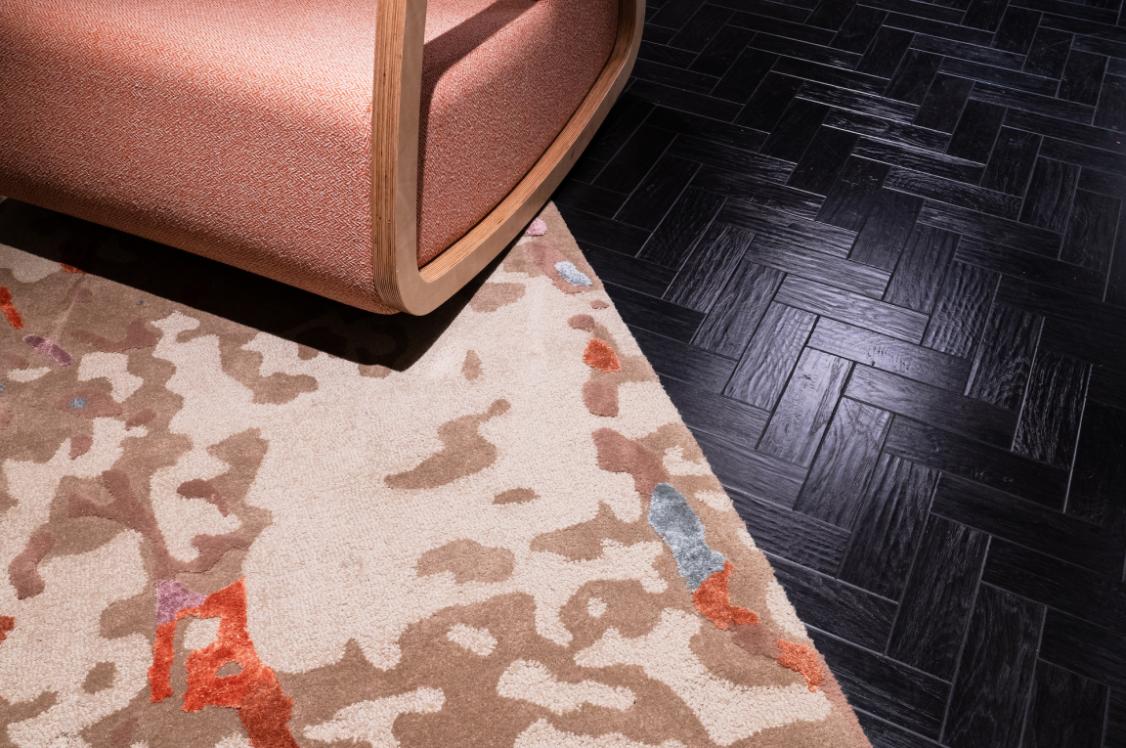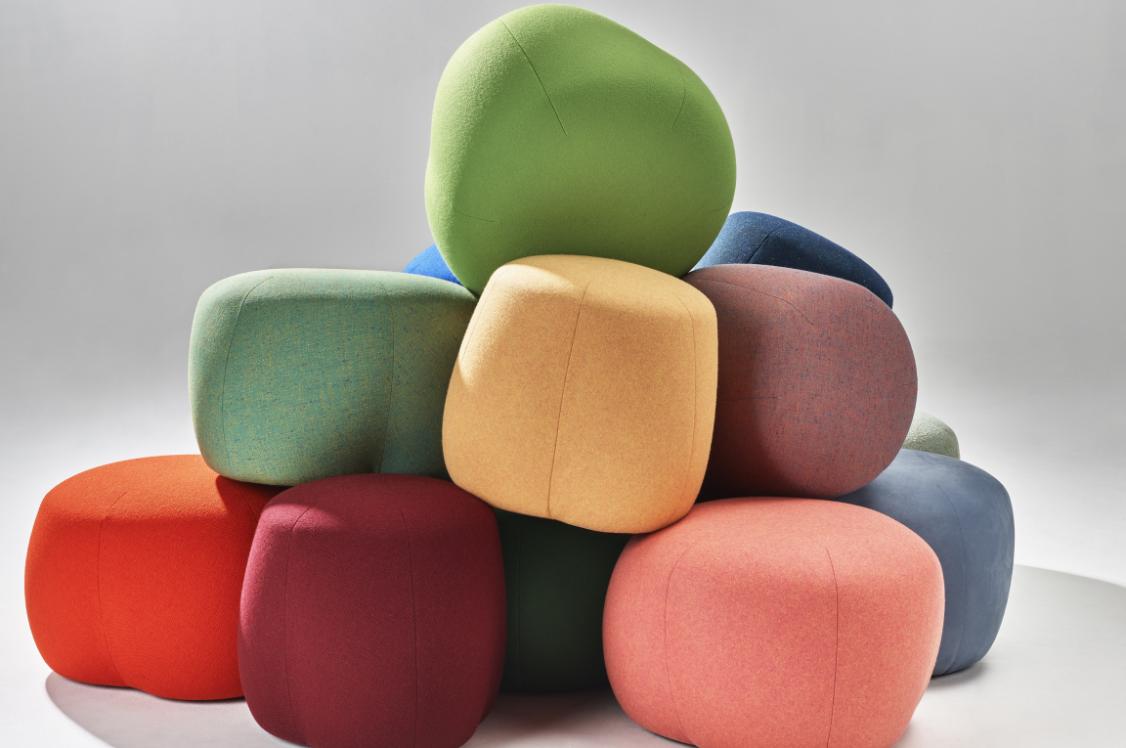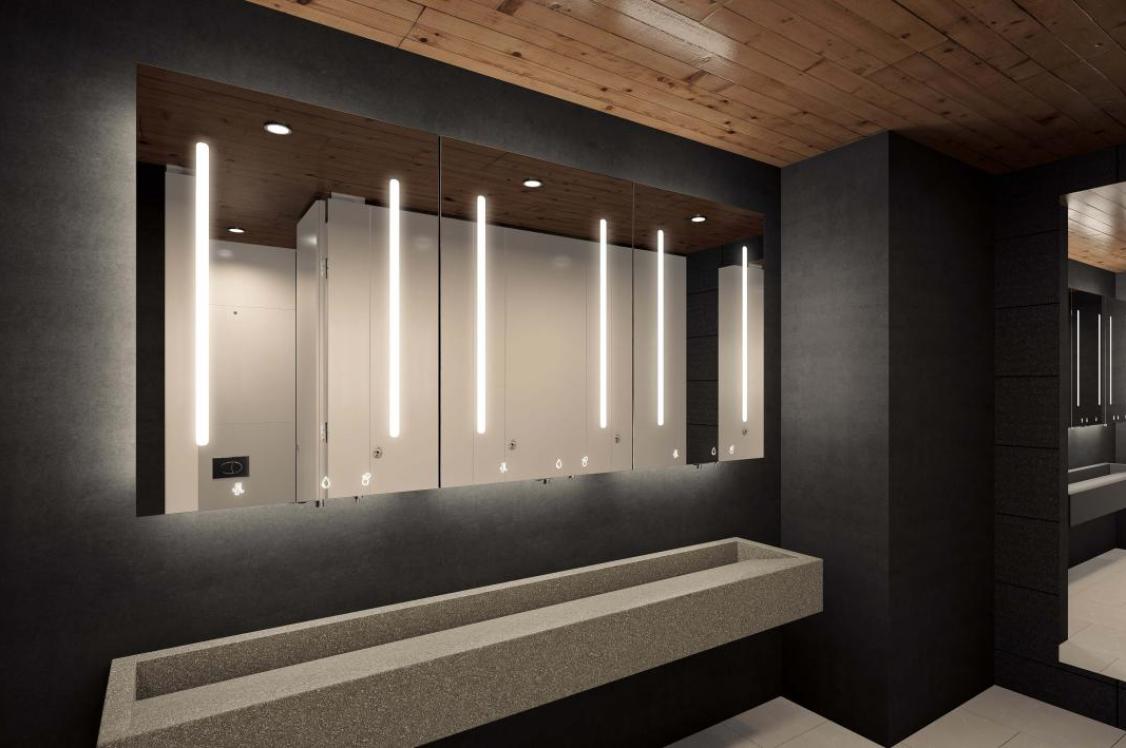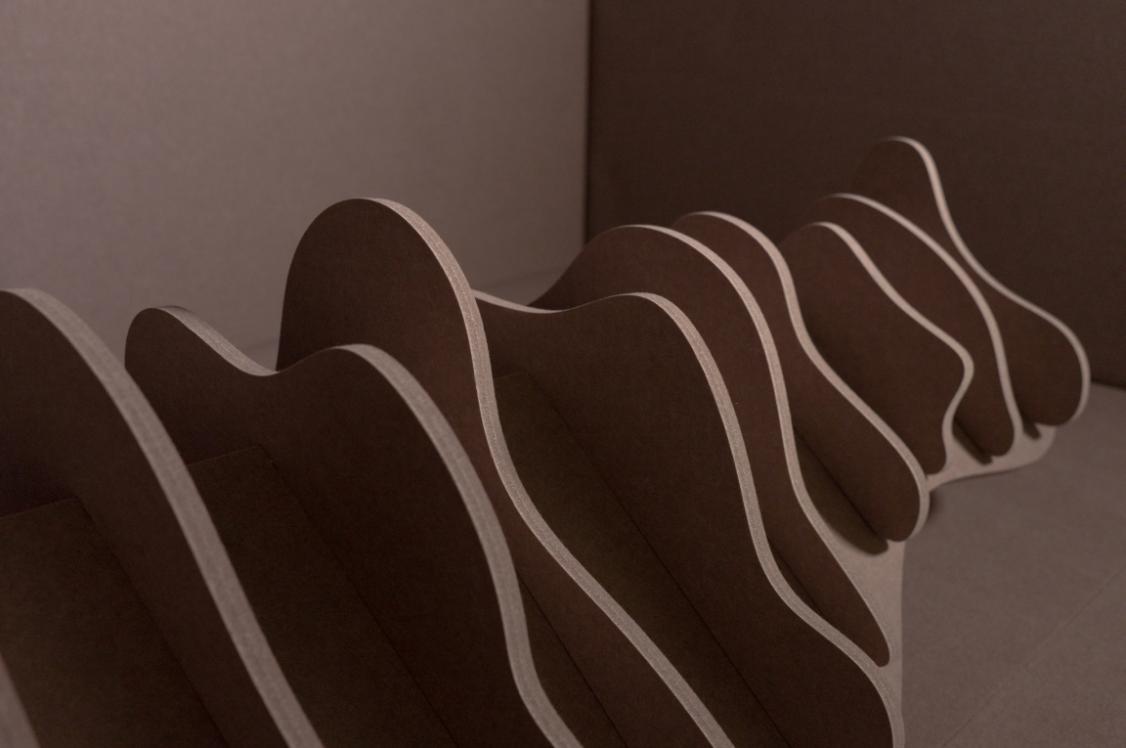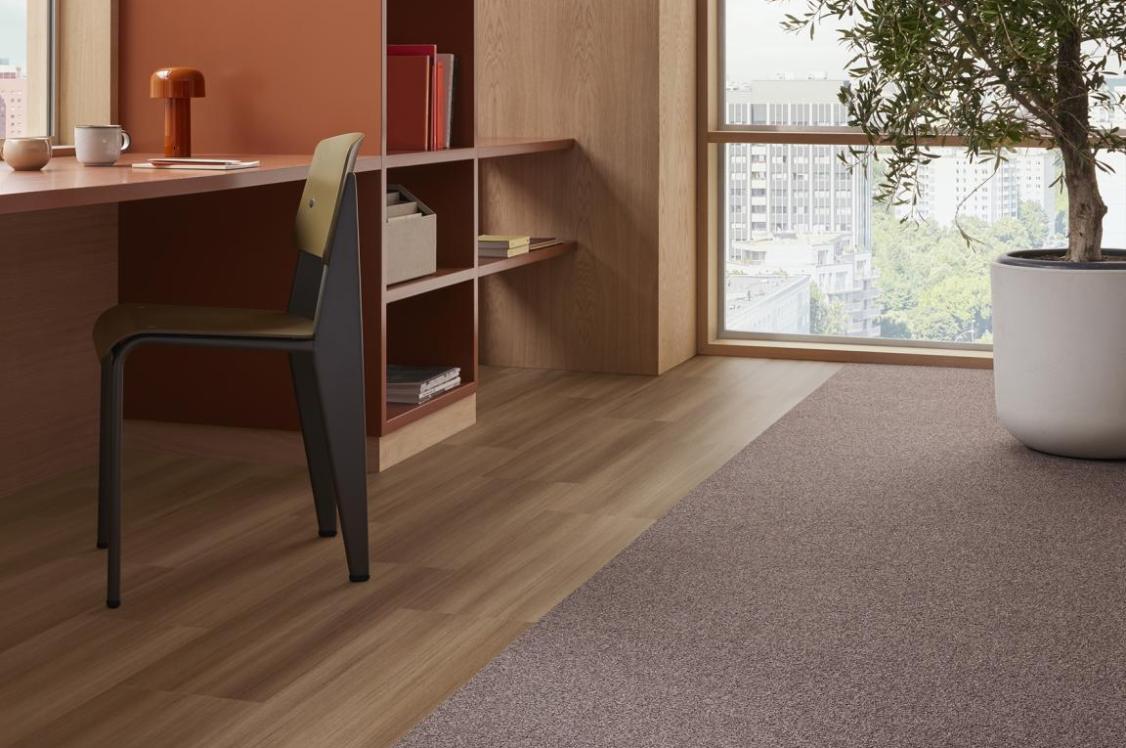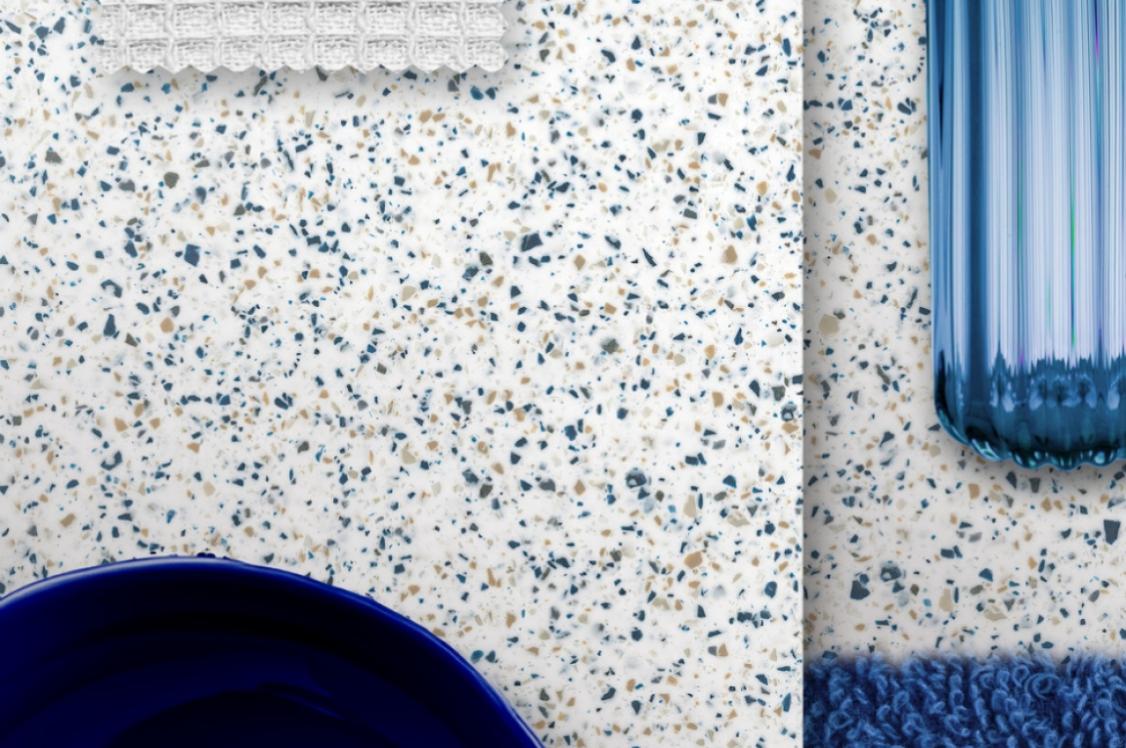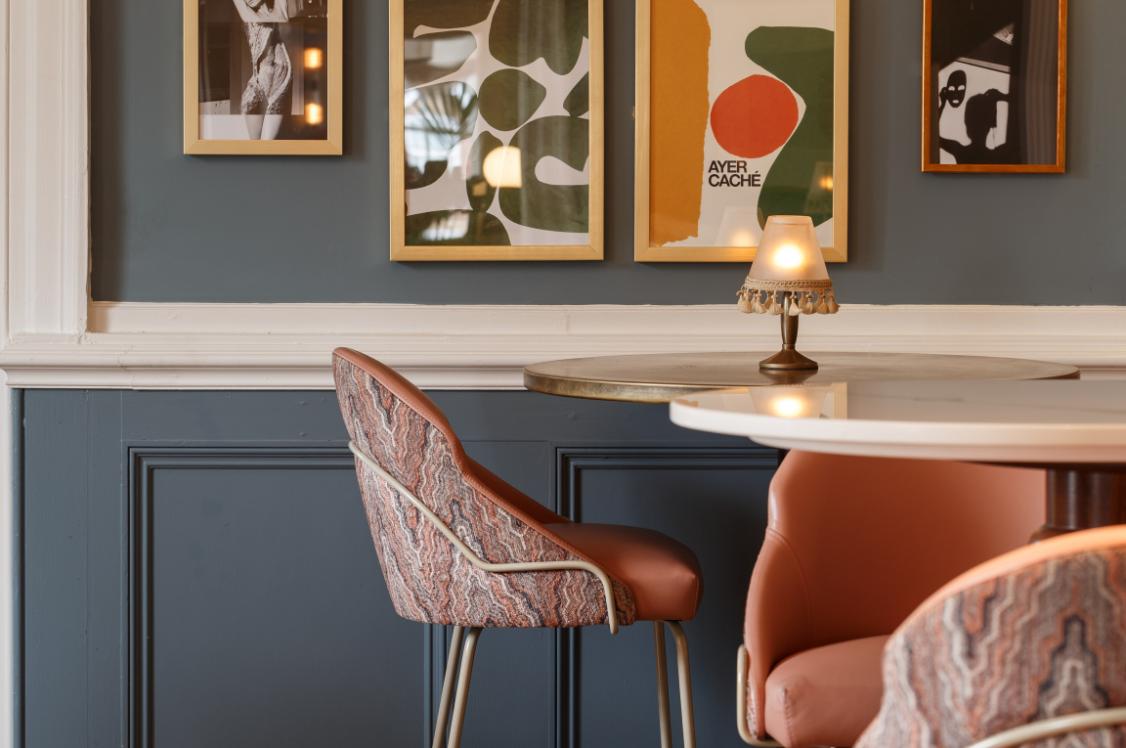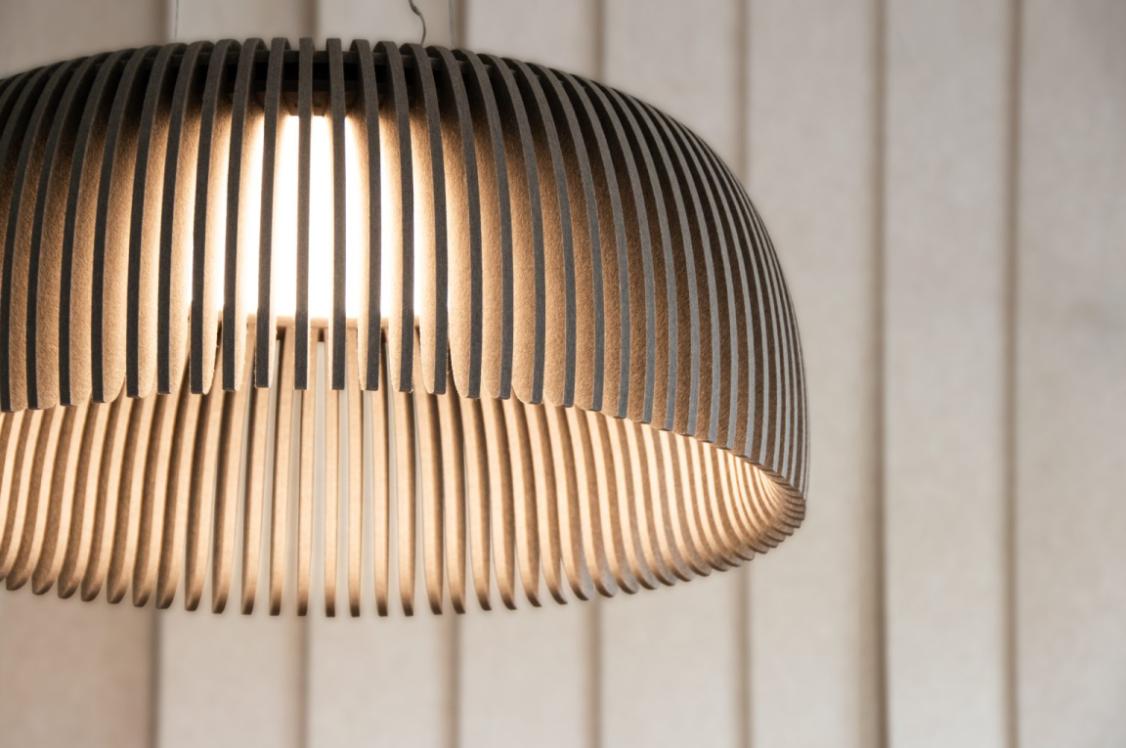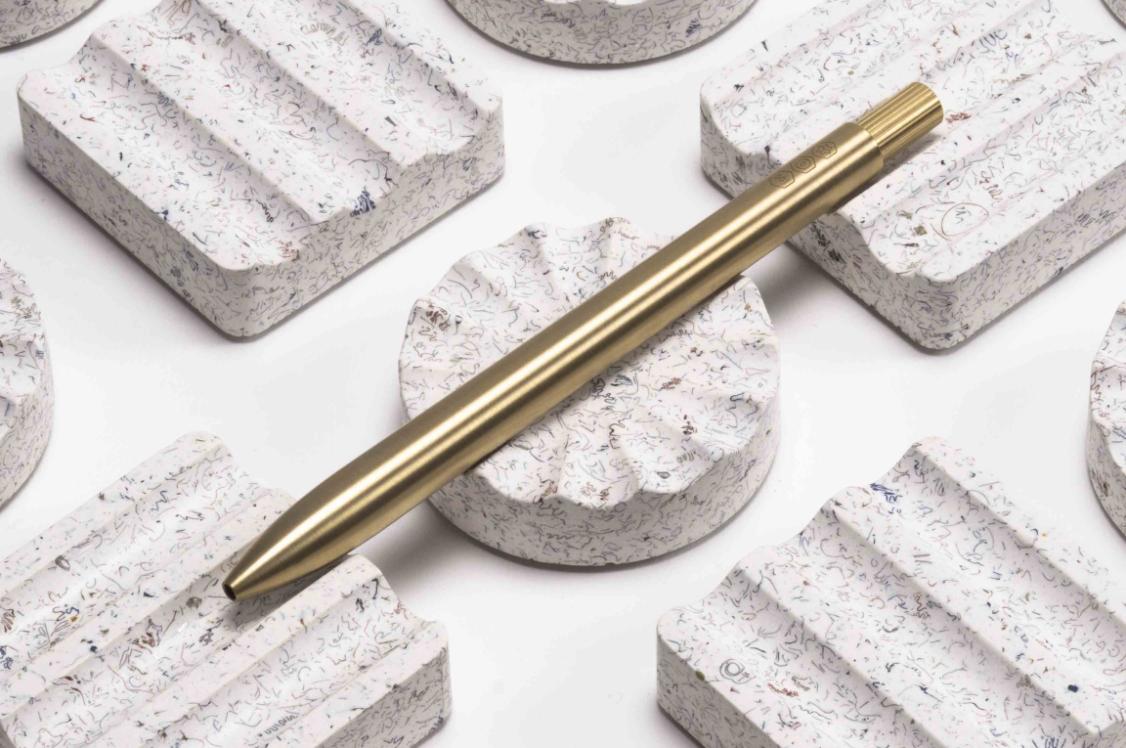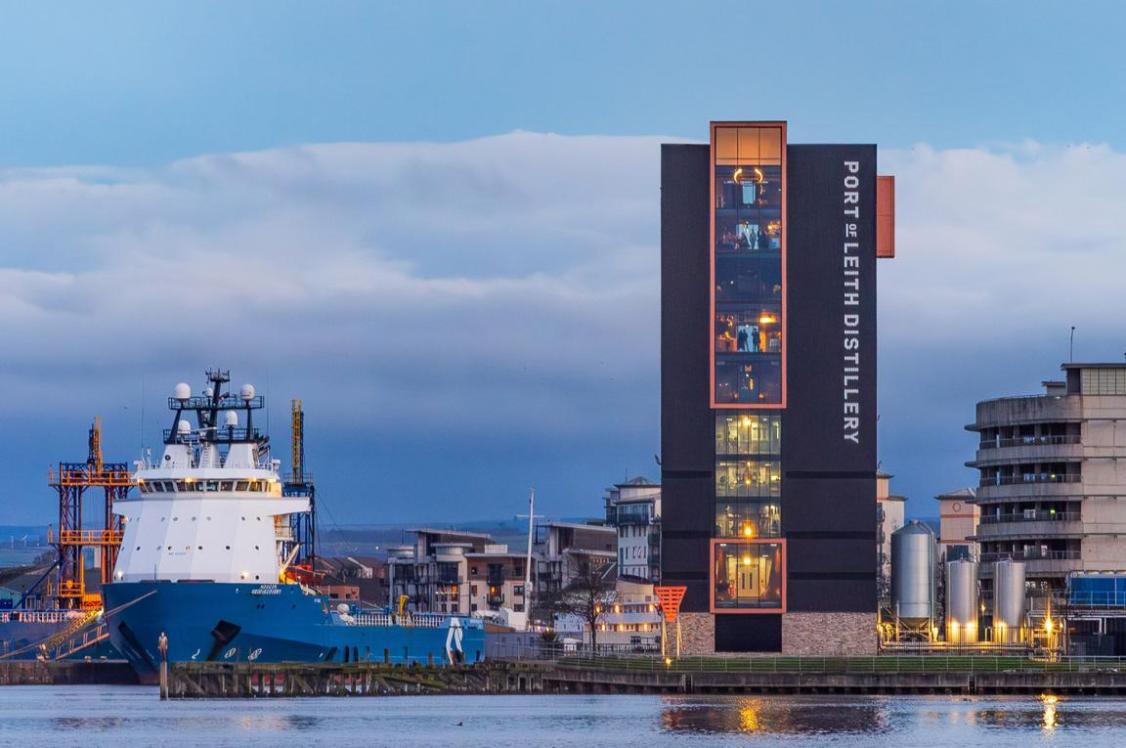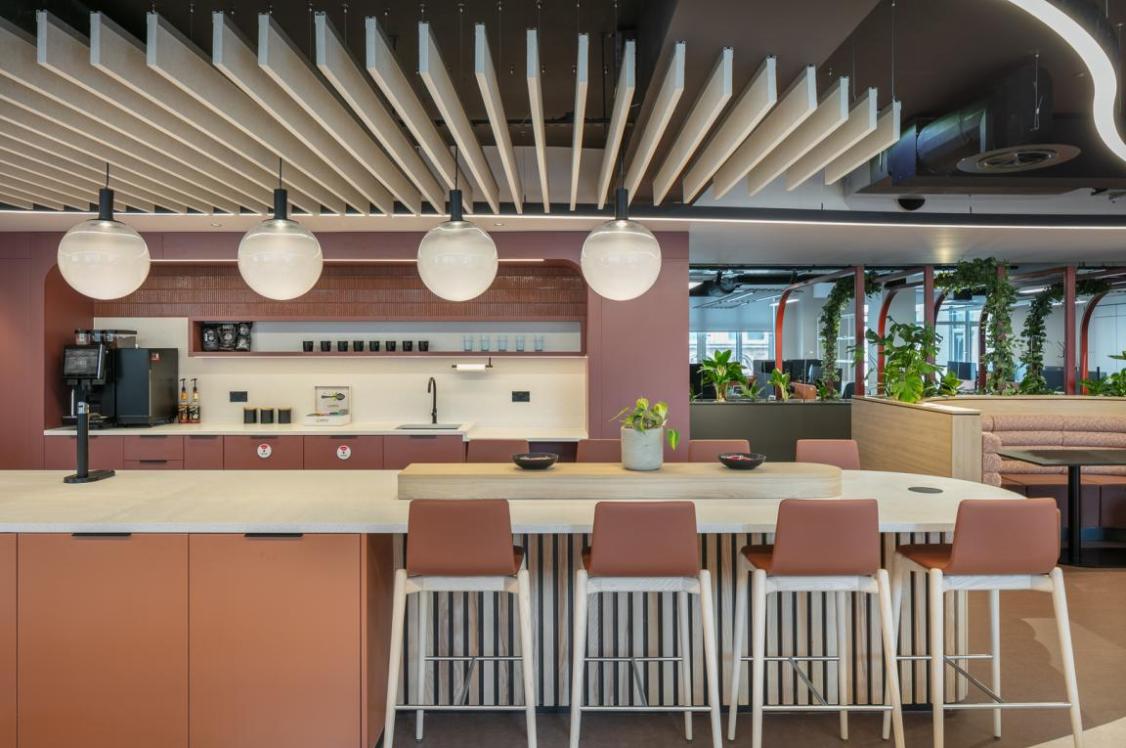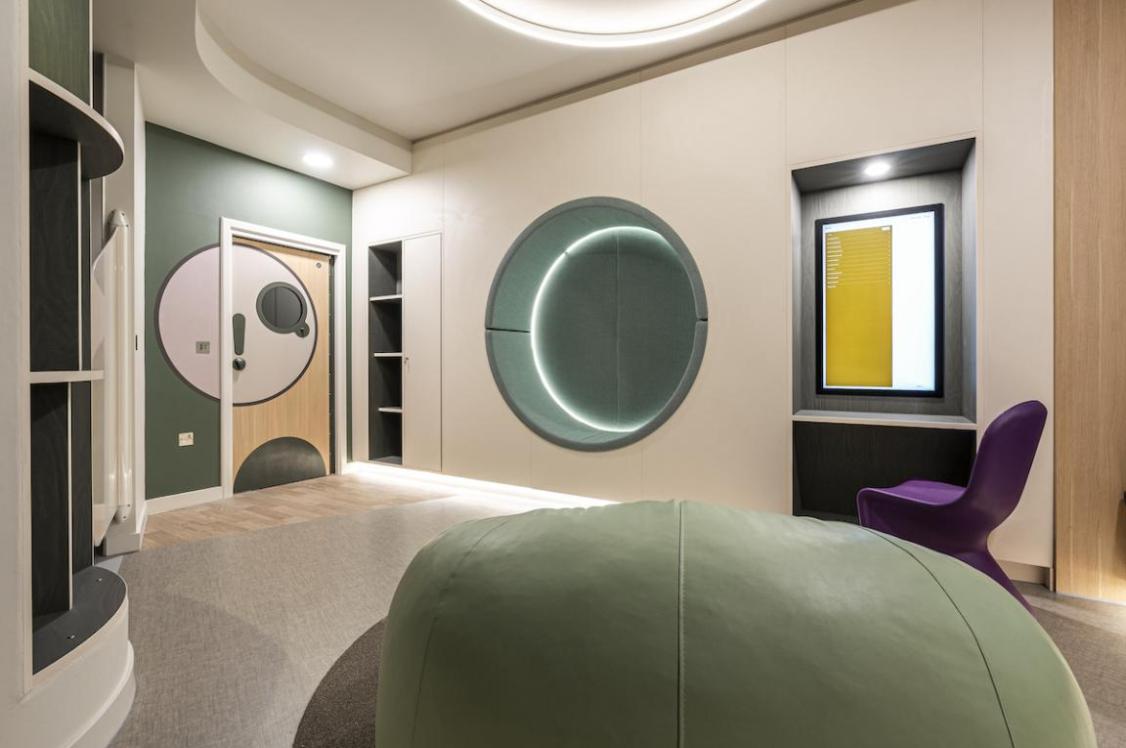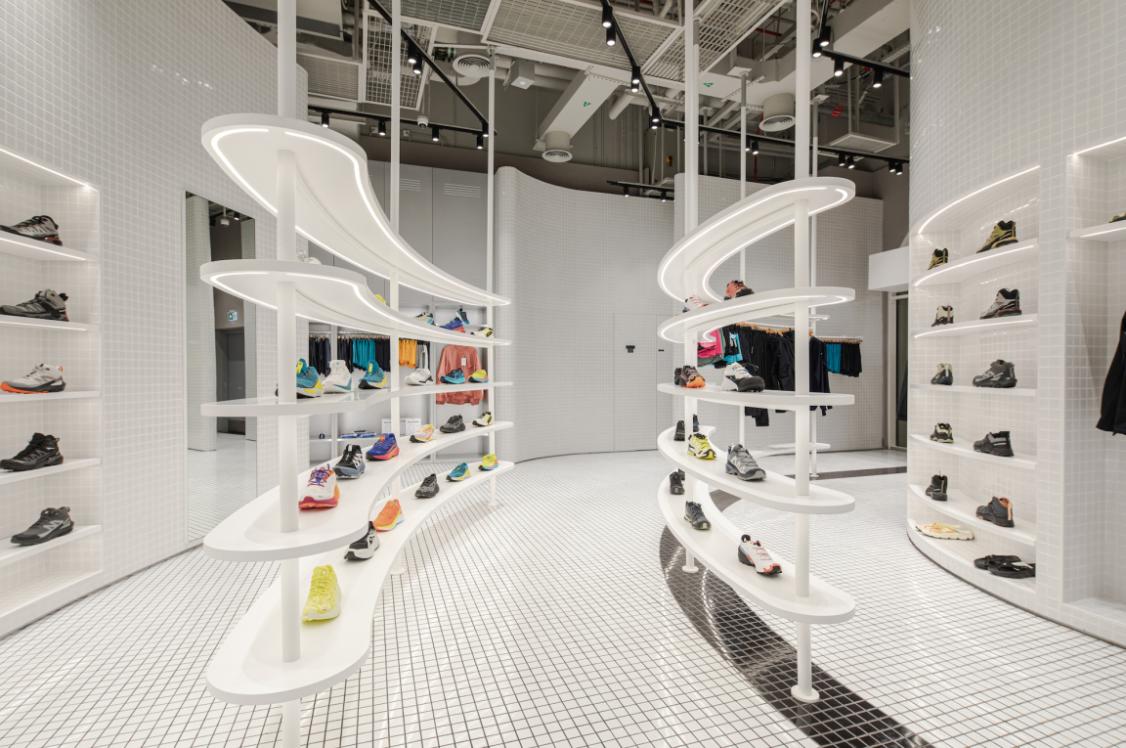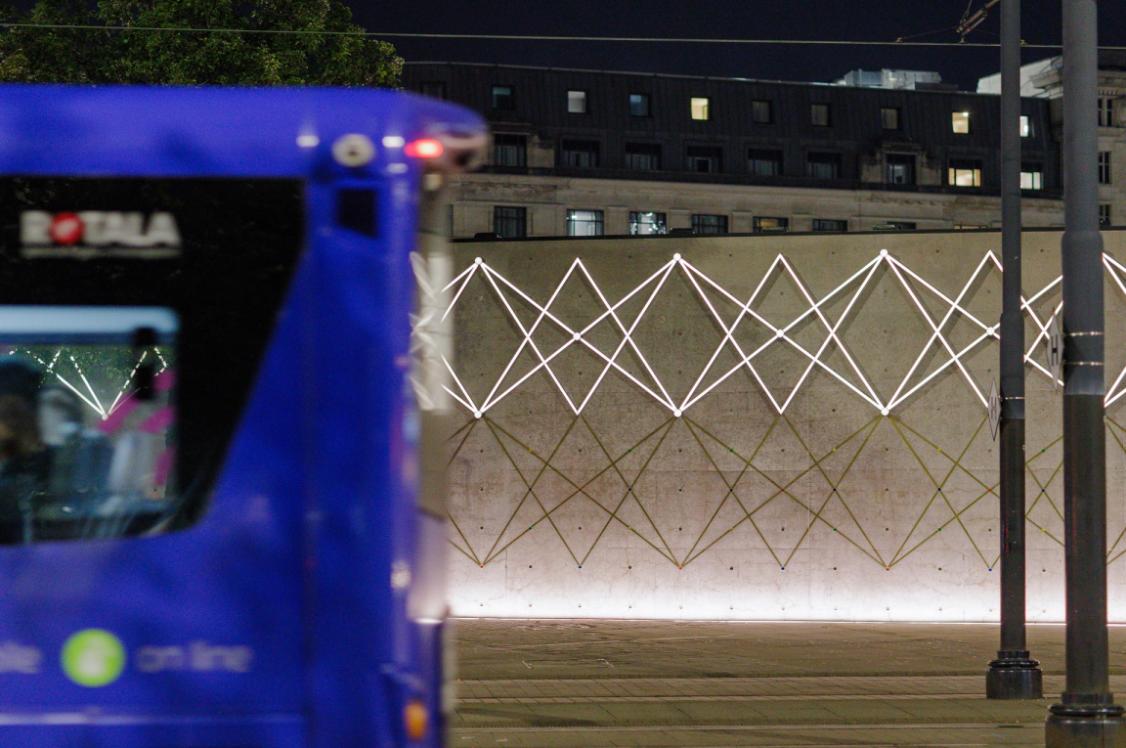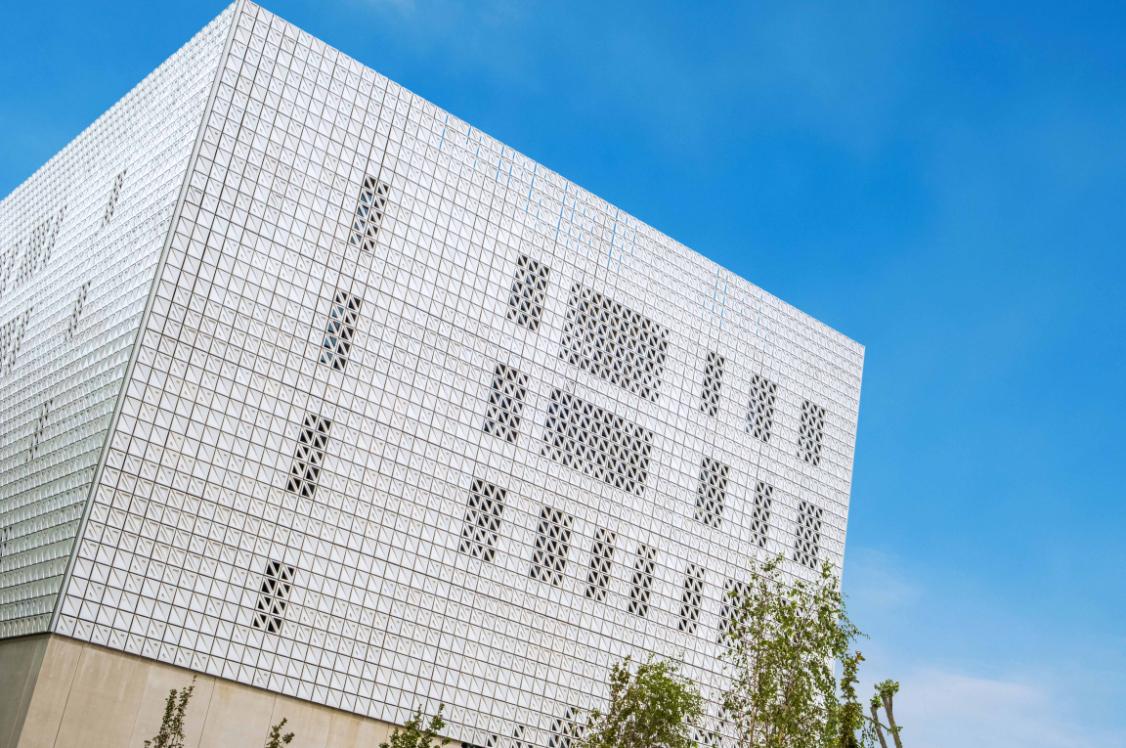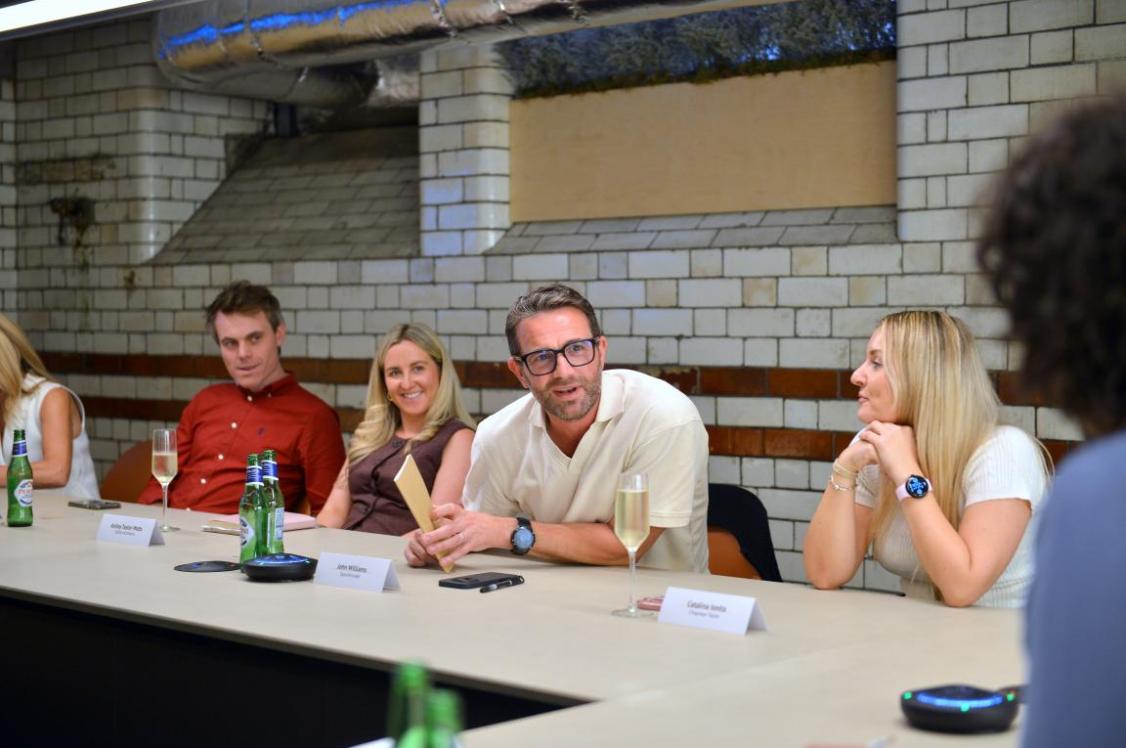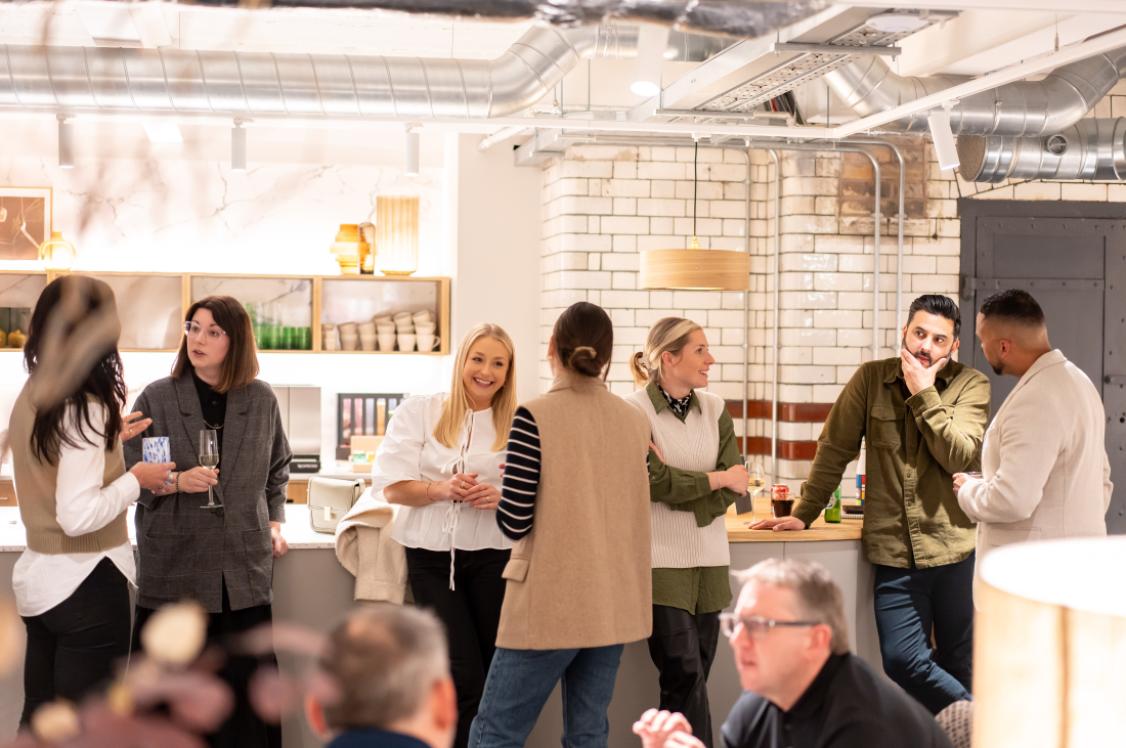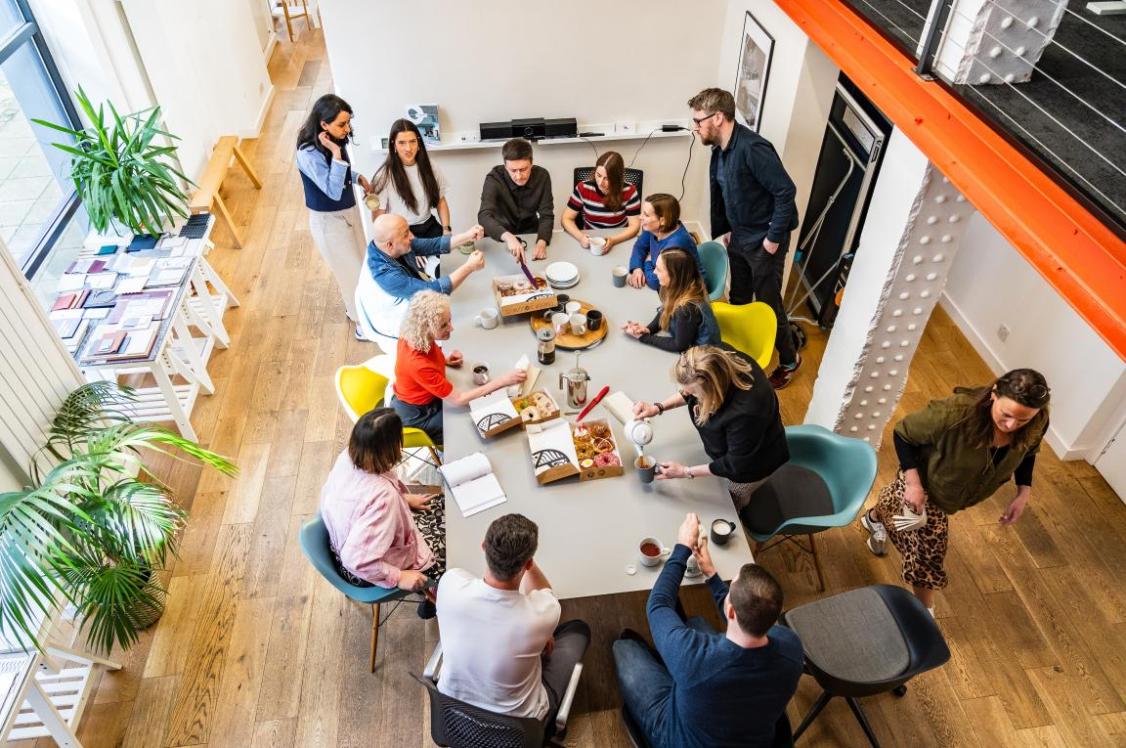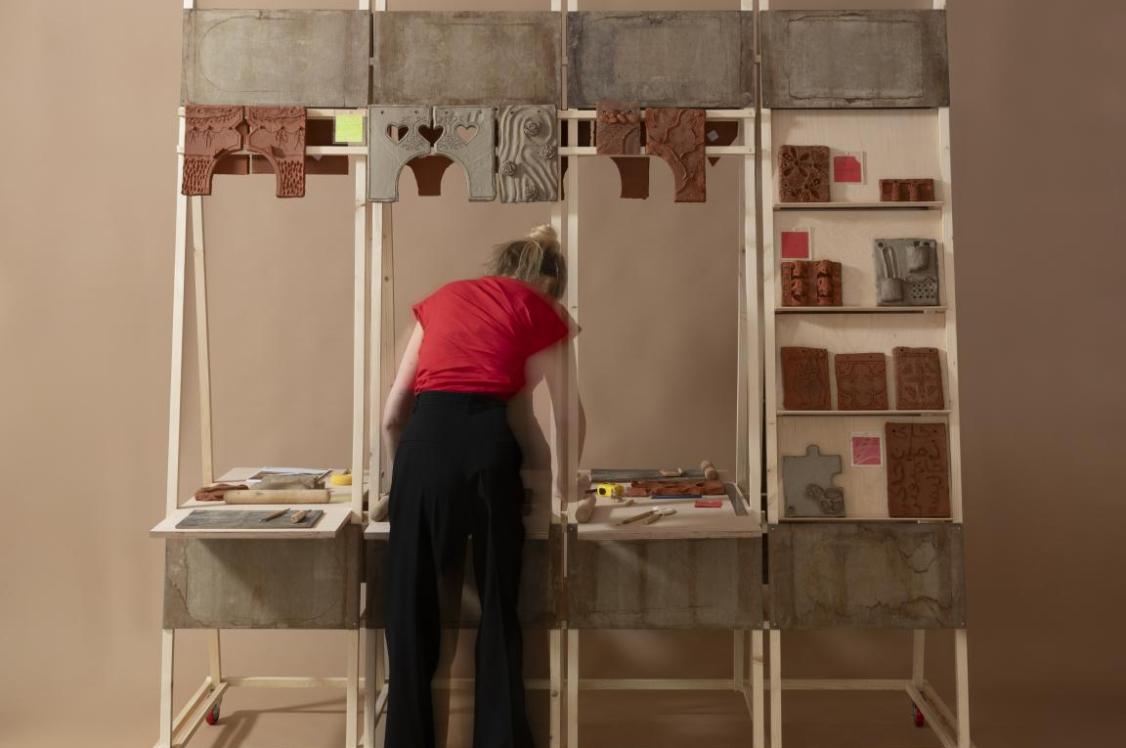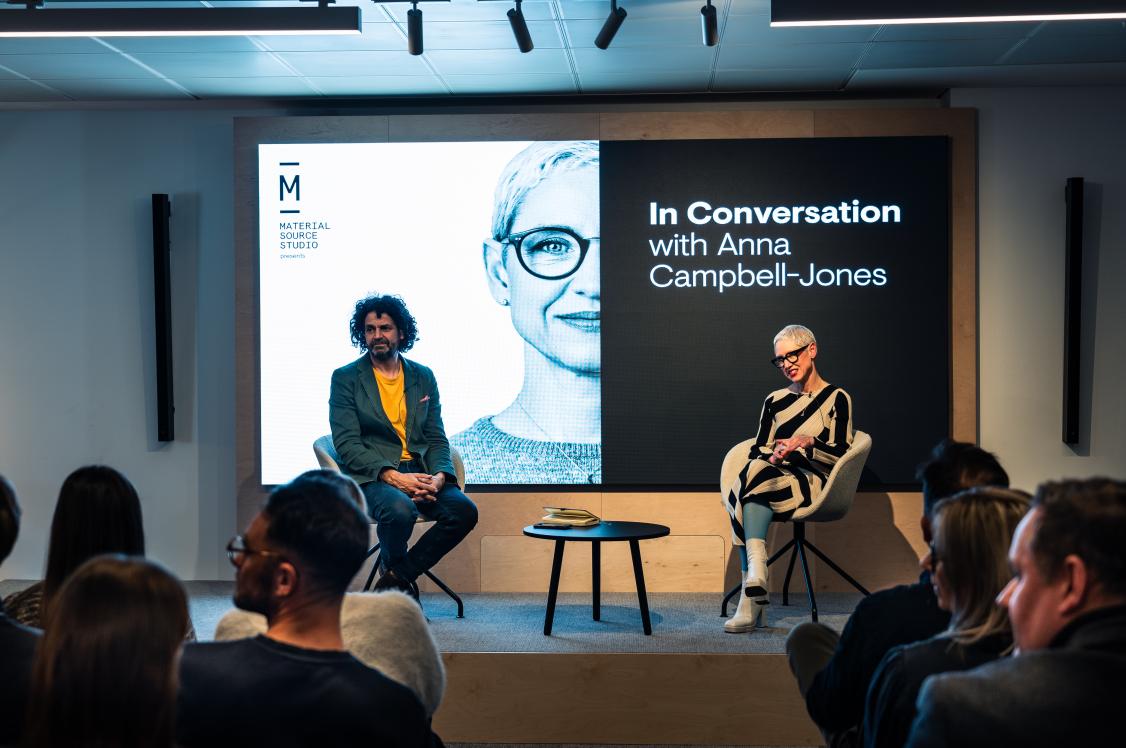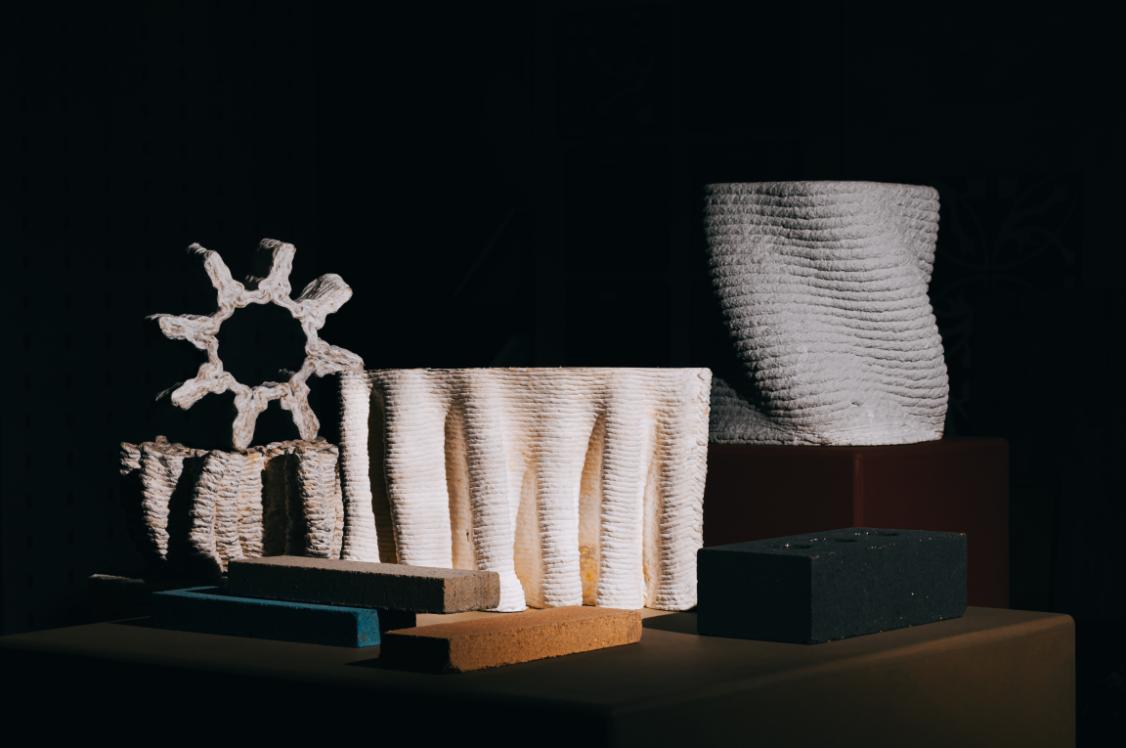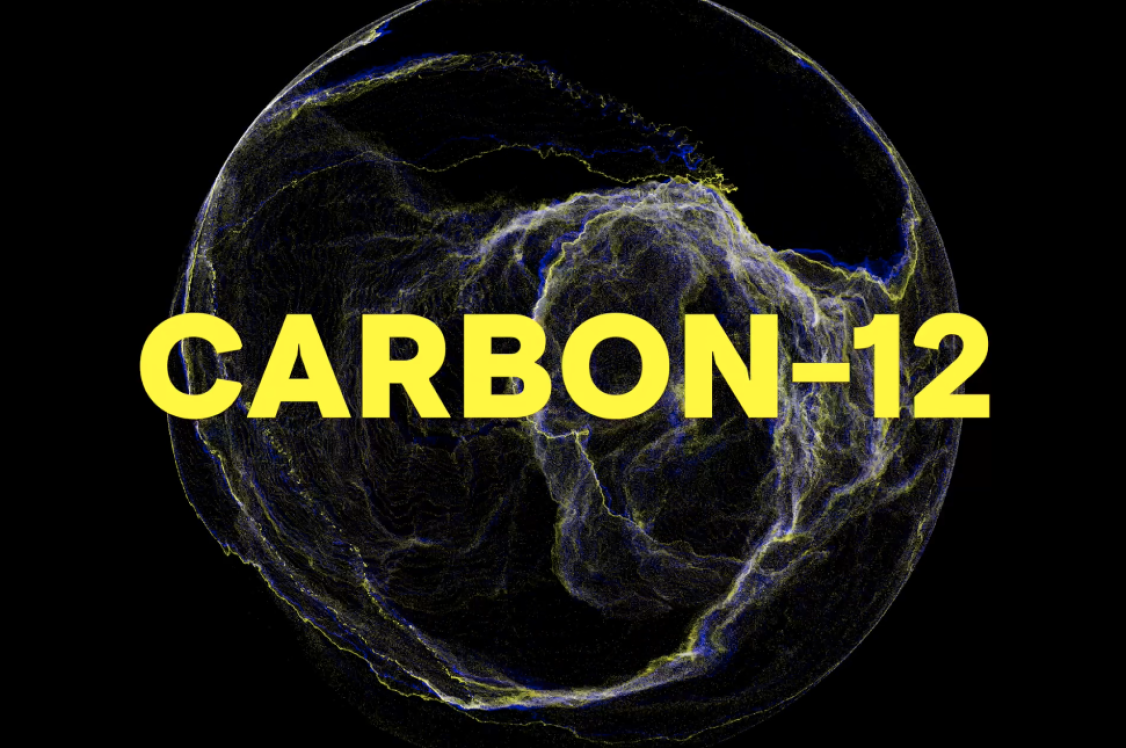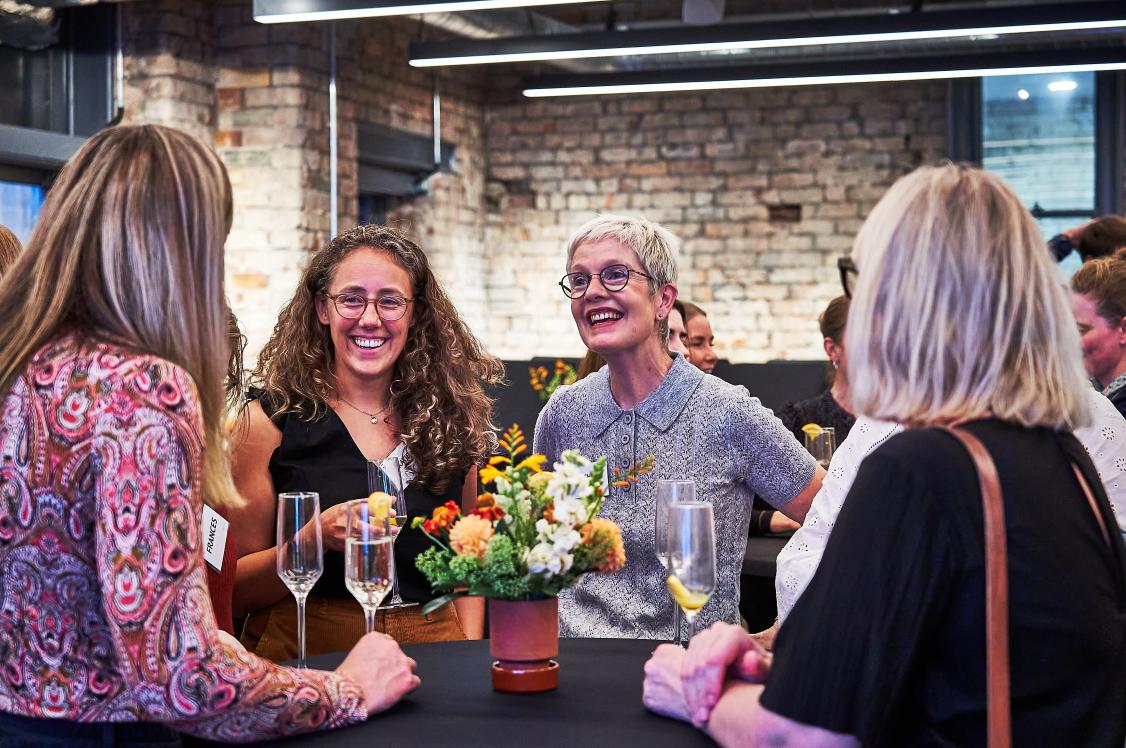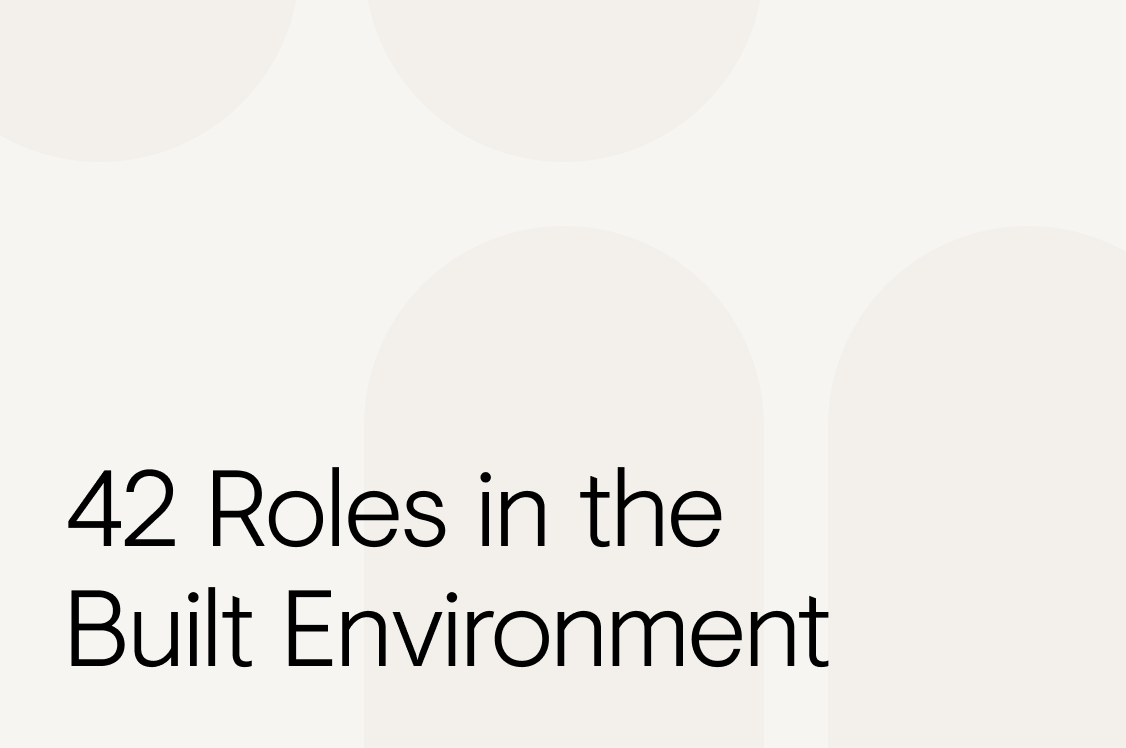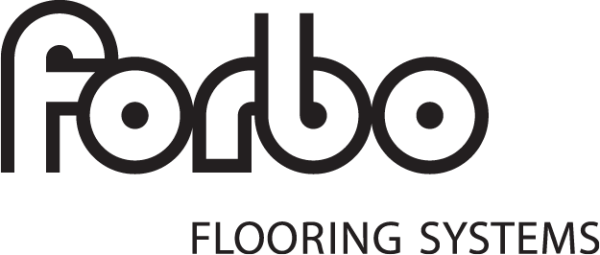Carbon-12: MLA.
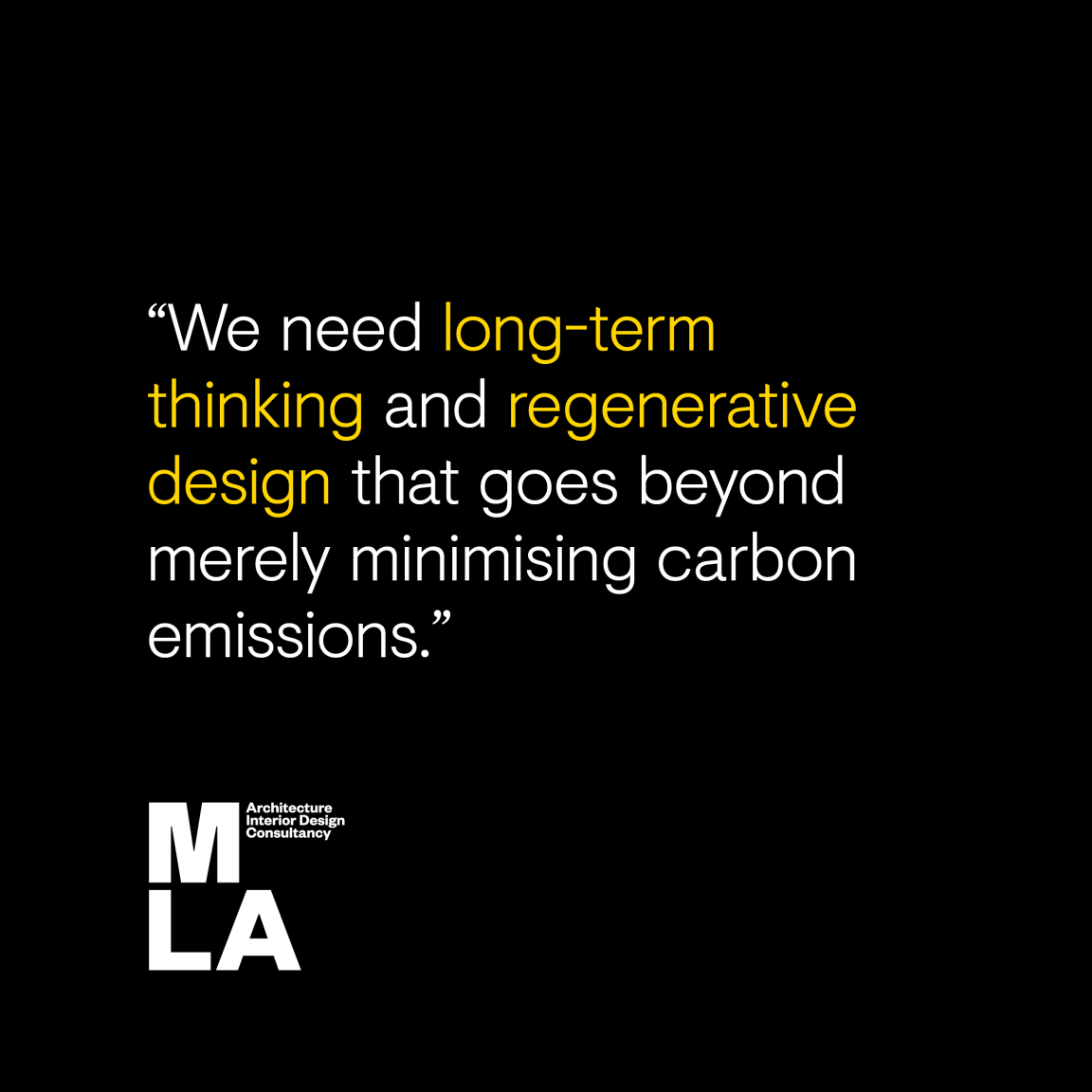
MLA is an architecture and design practice offering a vibrant mix of specialisms.
It has a team of 80+ located across three UK offices - Glasgow, Edinburgh and Manchester.
Creative, bold and reliable, MLA doesn't shy away from undertaking complex projects, often with unique challenges in terms of heritage listing, for example.
With this in mind, there is a razor sharp focus on doing things differently. So when it came to speaking with practices on their individual approach to the reduction of carbon in projects, MLA was firmly on our list.
Here, Mariana Novosivschei, sustainable design lead, and Hazel Pearson, director, share an insight into how carbon is being tackled on a day-to-day basis at MLA...
What is MLA's stance on lowering carbon?
"As a practice and as individuals working in the built environment, we are acutely aware of the significant contribution the construction industry has made and continues to make to the climate and biodiversity crisis.
"We understand that all actions have environmental implications."
"And we know that we’re uniquely placed to advise our clients on decisions that not only mitigate further climate deterioration but could also help restore and regenerate the environment we are fully dependent on.
"When it comes to lowering carbon emissions, the mantra we strive to weave into our thinking and designs is ‘build less, use less and be more mindful of what we do use’.
"In practice, this translates into encouraging retrofit of existing buildings, designing for the changing needs of current and future users, improving material efficiency, increasing the use of reclaimed materials, minimising waste, prioritising material longevity, and specifying more bio-based materials that not only have a lower carbon footprint but also offer health benefits.
"This approach applies not only to carbon emission reductions but also to minimising embodied ecological impacts of our designs."
Is there a desire from clients to be 'more sustainable' - or is the drive internal?
"Both. The client’s ambition is definitely a key factor in the success of any project, but it also takes a passionate design team who will go above and beyond to innovate and advise accordingly.
"In addition to clients who have a personal or business-driven focus on improving the sustainability agenda in the built environment—where this is fully embedded into their culture and values—others are motivated by market demands.
"Generally speaking, our clients' key drivers include meeting ESG targets set by their business or funders, attracting and retaining occupiers, staying up to date with current regulations, and staying ahead of the market by achieving accreditations and fostering innovation.
"In terms of MLA’s drivers, we believe it is our responsibility to improve the way buildings are designed, built, refurbished, and retrofitted. It is also a huge opportunity to innovate and raise the level of knowledge and skill of our staff and to engage with wider initiatives that drive the much-needed transformation in the built environment."
How will the UK Net Zero Carbon Buildings Standard/Net Zero Public Sector Buildings Standard aid/challenge you?
"Sustainability is a broad, complex, and often subjective topic, largely due to the lack of comprehensive and standardised data. The absence of a unified standard has historically left sustainability efforts open to interpretation, leading to inconsistencies across the industry.
"The new Net Zero Carbon Buildings Standard addresses this challenge by using climate science to align the sector, ensuring that all stakeholders work towards the same goals and operate on a level playing field.
"The Standards hold businesses and investors accountable, requiring them to disclose their environmental impact. They also support us, as passionate designers, in making the case for going beyond mere compliance. Instead of adopting a short-term mindset, they encourage long-term thinking and the future-proofing of assets against tightening legislation, heightened tenant expectations, and the risk of stranded assets.
"Compared to business-as-usual scenarios, the limits and targets set by the standard appear ambitious"...
..."posing financial challenges, technical complexities, and highlighting skills shortages within the construction industry. However the NZCBS will provide a clearer briefing process and help forge an aligned design and client team for projects to meet the required targets. Only by designing and building to this standard can we hope to stay within the critical 1.5°C global warming threshold outlined by the Paris Agreement.
"The Standard itself is a remarkable example of cross-industry collaboration, bringing together key stakeholders from the built environment, including policymakers, investors, developers, and sustainability experts. To effectively tackle the climate and biodiversity crisis, collaborative efforts like this should become the norm within the construction industry."
Can you tell us about some of the low carbon projects you've worked on/are working on?
"The Resident, Edinburgh - Meldrum House was an unsightly concrete office building from the late 1950s in an attractive, residential Victorian street in Edinburgh. The building had reached the end of its lifespan, and the conventional approach would have been demolition.
"However, with retrofit’s potential for carbon saving, an effective commercial solution was sought. The cellular design and low ceilings were no longer compatible with modern office requirements but worked well for hospitality.
"Highly experienced with retrofit projects and maximising value for clients, MLA were commissioned along with structural engineers, Arup, to develop a brief for Resident Hotels. Urban repair as well as minimising environmental impact were of critical importance to the client.
"Retaining the reinforced concrete frame and floors but replacing the façade, retained carbon and reduced the amount of new material required for the development. And this was only the second project in Scotland to implement recycling of architectural glass into feedstock for the float manufacture process of new glass.
"Redeveloping versus demolition and re-build has saved approximately 40% of embodied carbon emissions within the building. The project has radically transformed a poorly performing, non-listed office building into a high-end hotel. With its new elegant façade and much-improved appearance, the building also ‘sits well’ within this Edinburgh conservation area.
"30 Semple Street - Prioritising sustainability and well-being, Corran Properties commissioned MLA to undertake an ambitious refurbishment of 30 Semple Street, in Edinburgh’s financial district.
"To reduce the environmental impact, much of the existing frame was retained. Reusing the structure and superstructure minimises construction waste and requirement for new materials. Refurbishment saved 3,300 tonnes of CO₂, more than 50% of the carbon required for reconstruction.
"Outdated, fossil fuel services which had reached the end of their life have all been removed and replaced with efficient electric systems. Renewable energy is generated from roof installed solar panels (Solar Photovoltaic Array).
"The redevelopment has made 30 Semple Street Scotland’s number one environmentally accredited office building.
"Notable achievements include 1st BREEAM “Outstanding” design-stage accredited office building in Scotland; 1st Air Score “Platinum” accredited building in Scotland; 1st NABERS UK accredited office building in Scotland; Designed to function in accordance with UK Green Building Council net zero carbon buildings framework definition."
What's your hope for the future?
"A built environment shaped by long-term thinking and regenerative design that goes beyond merely minimising carbon emissions but recognises the deep interconnection of all life on Earth."
MLA's views are shared as part of the Carbon-12 installation at Material Source Studio Manchester & Glasgow. Visit the Studios to see the exhibition in-situ - no booking required.



